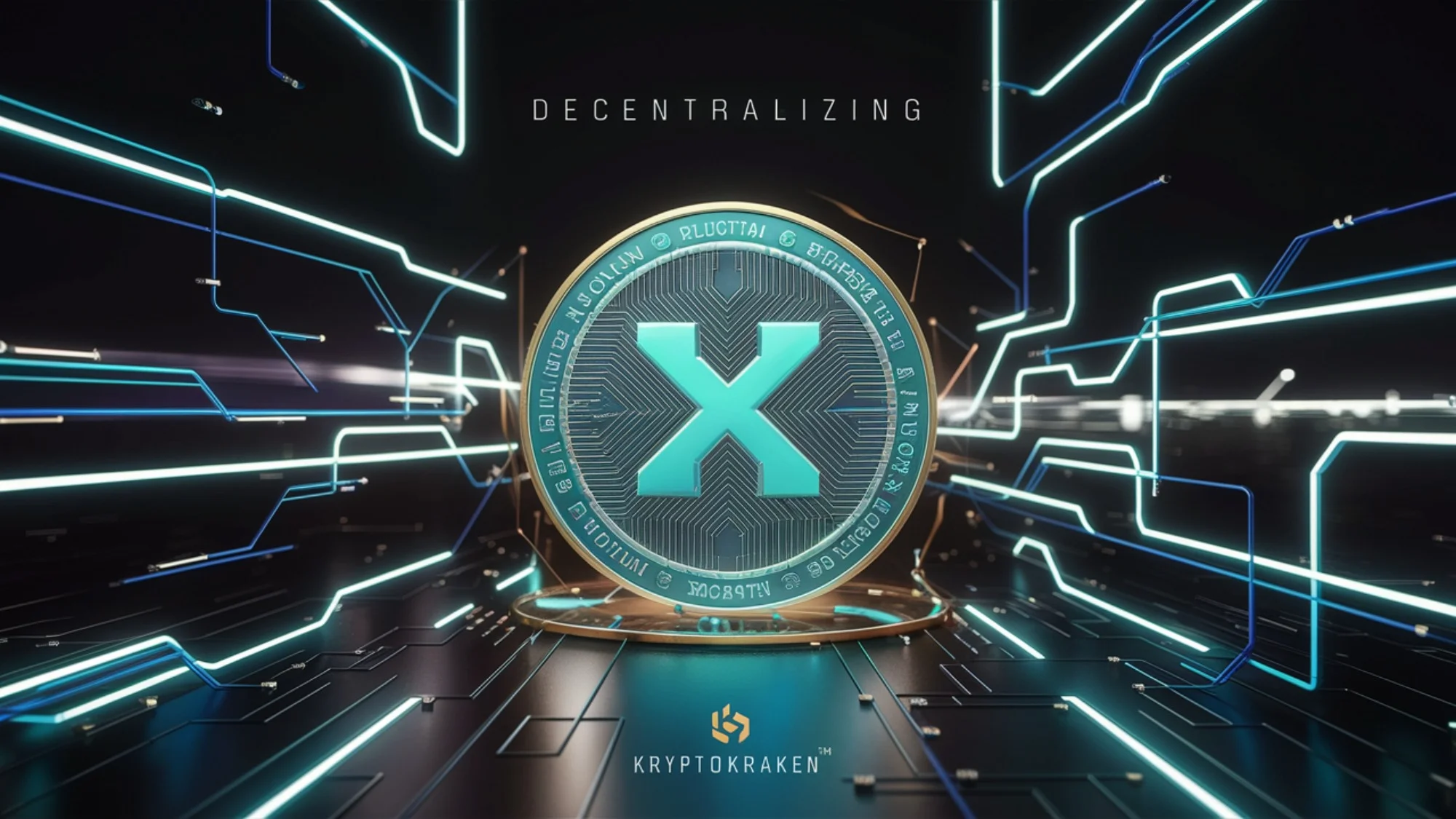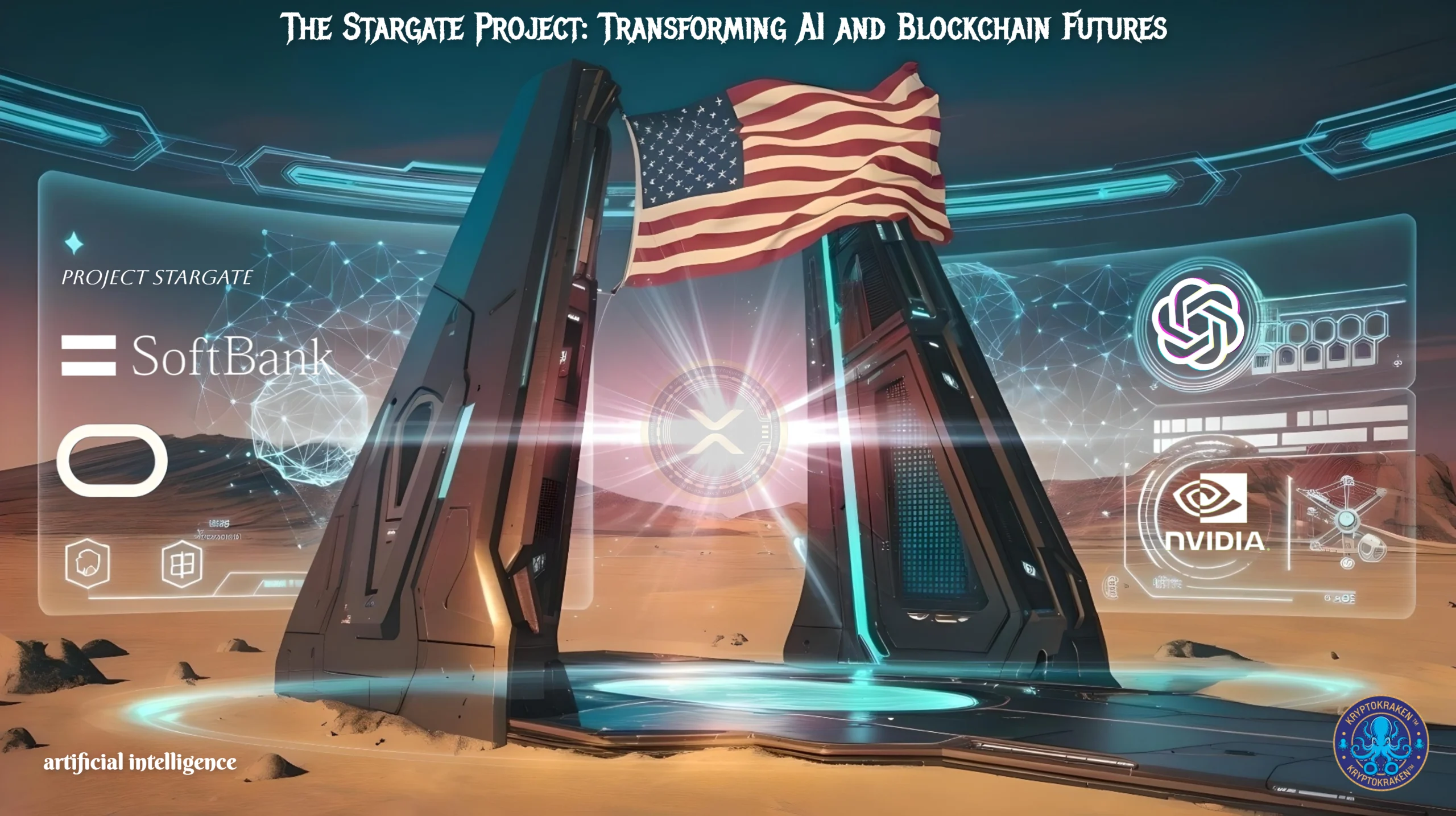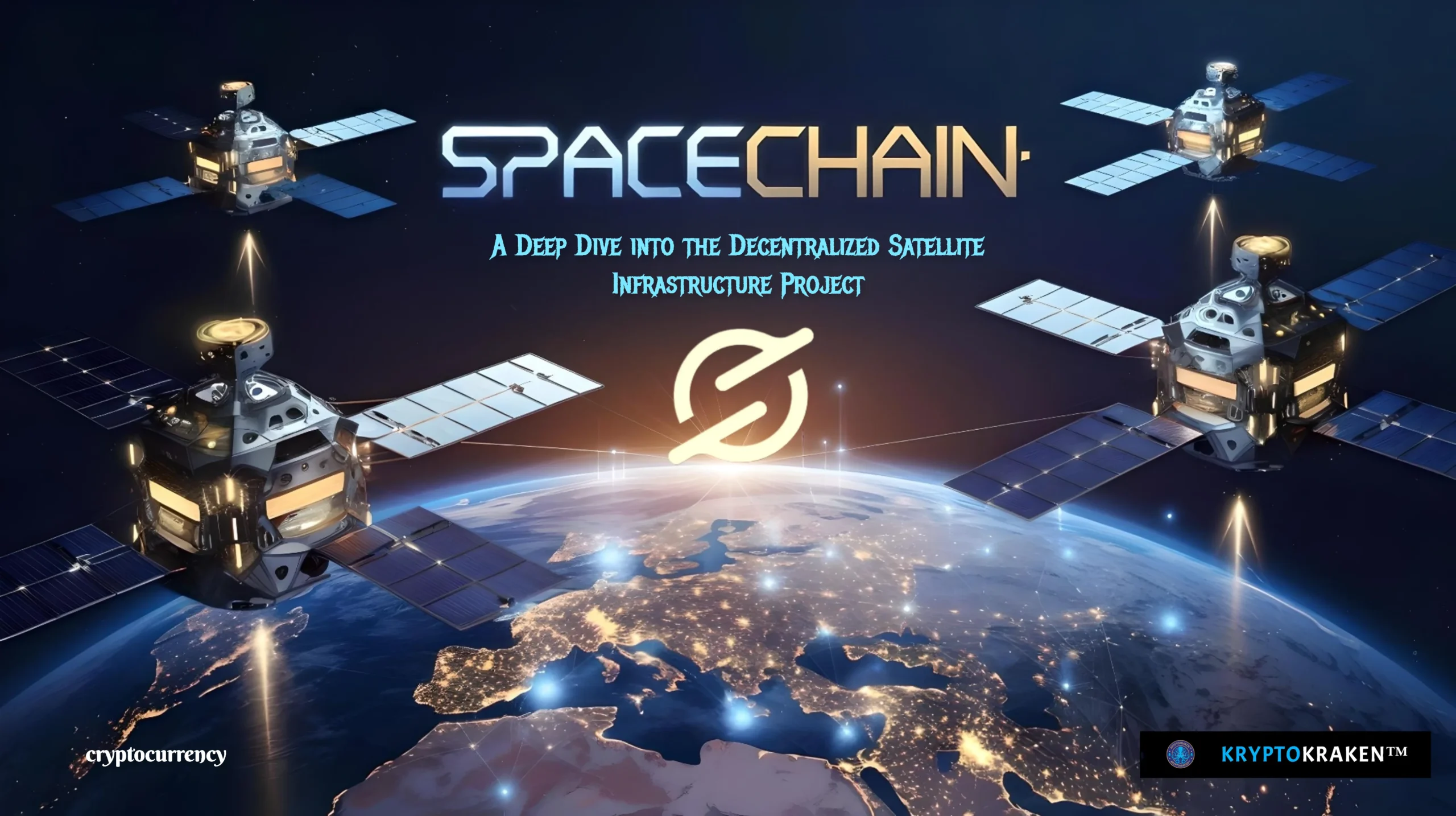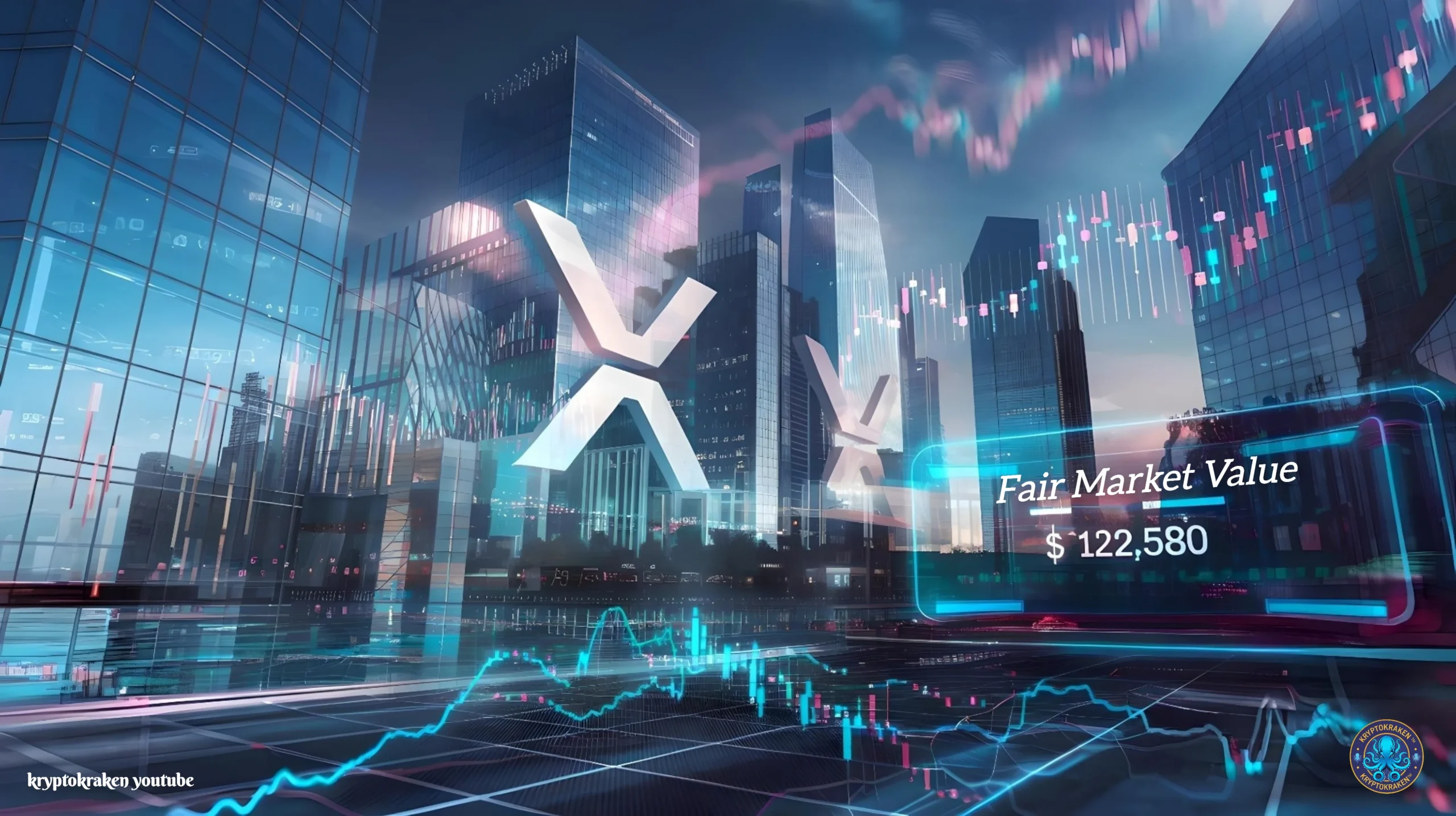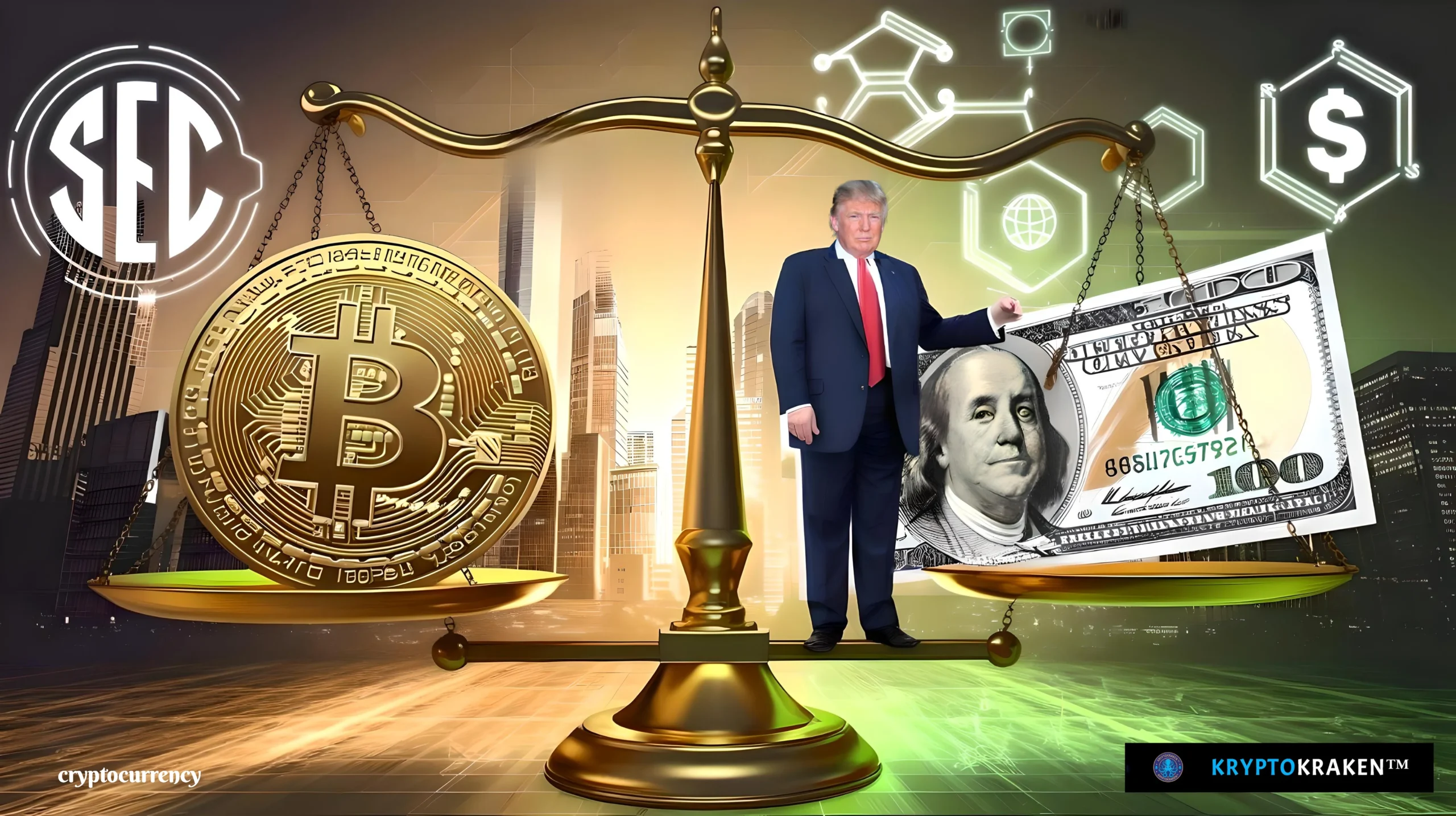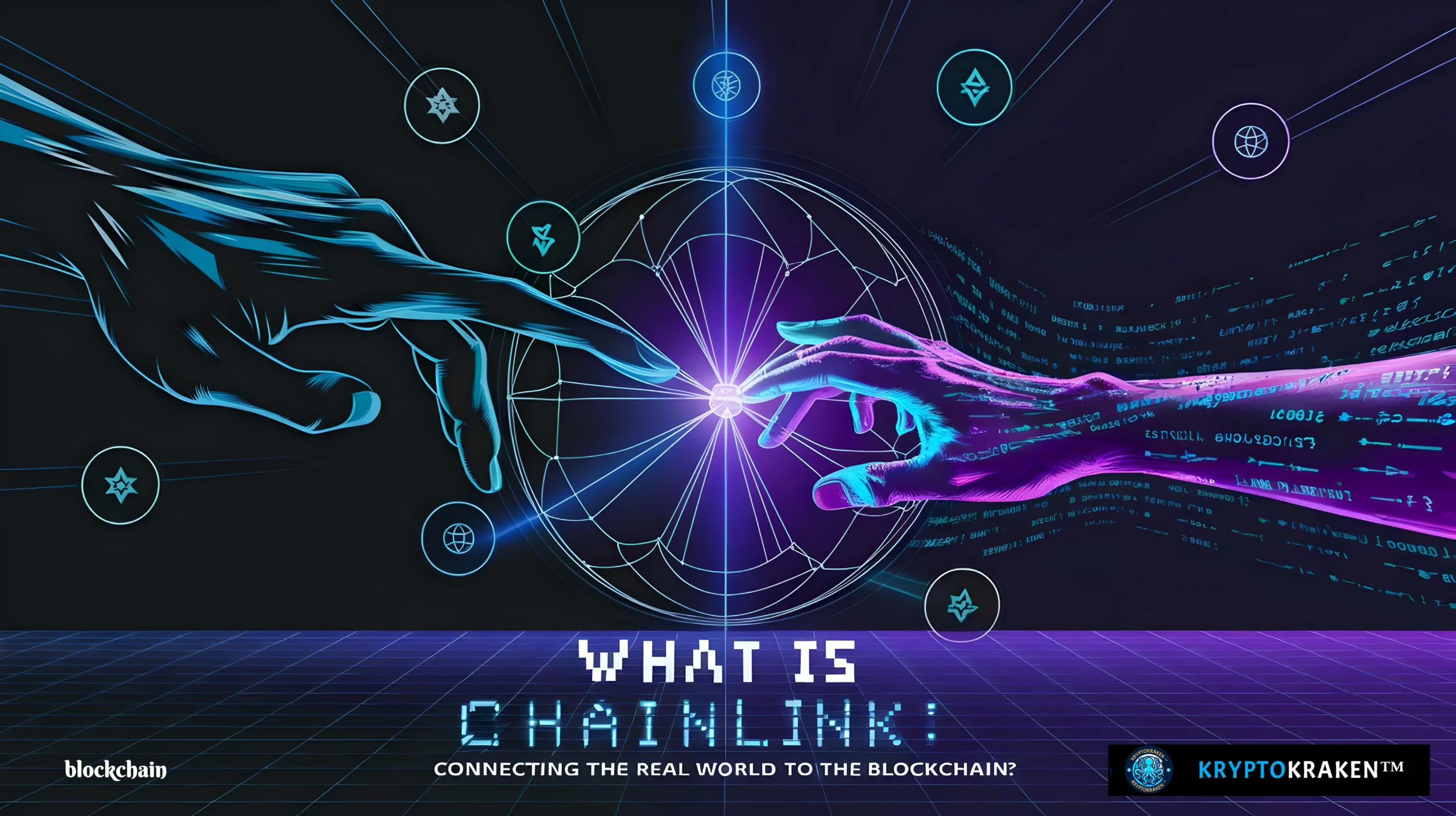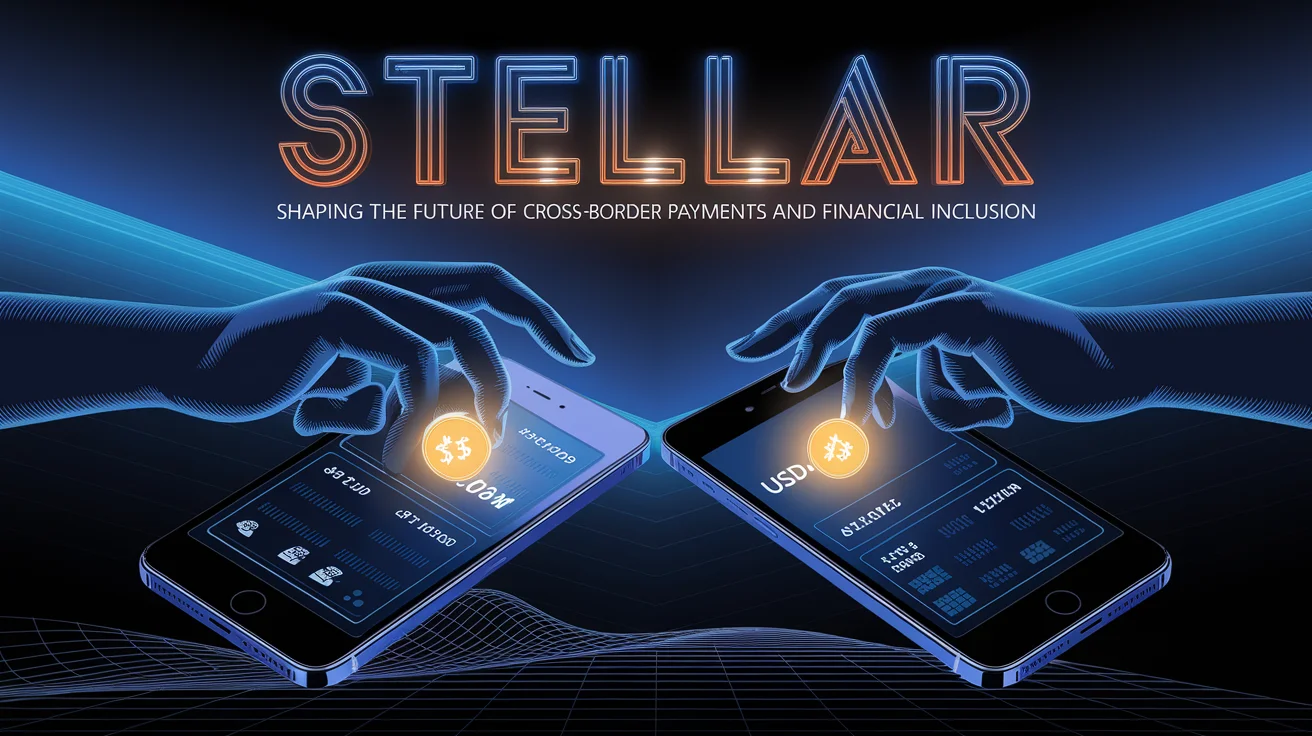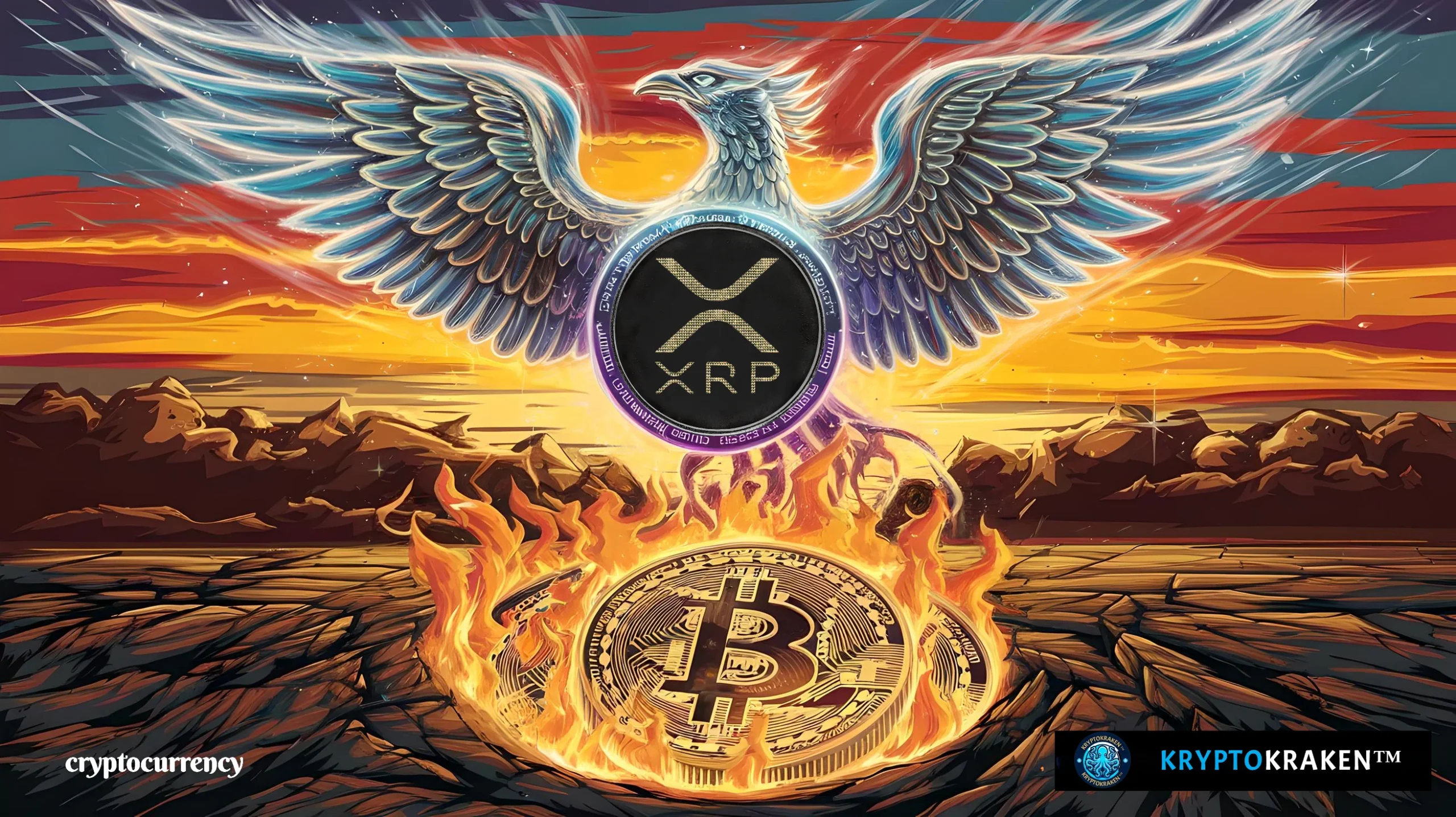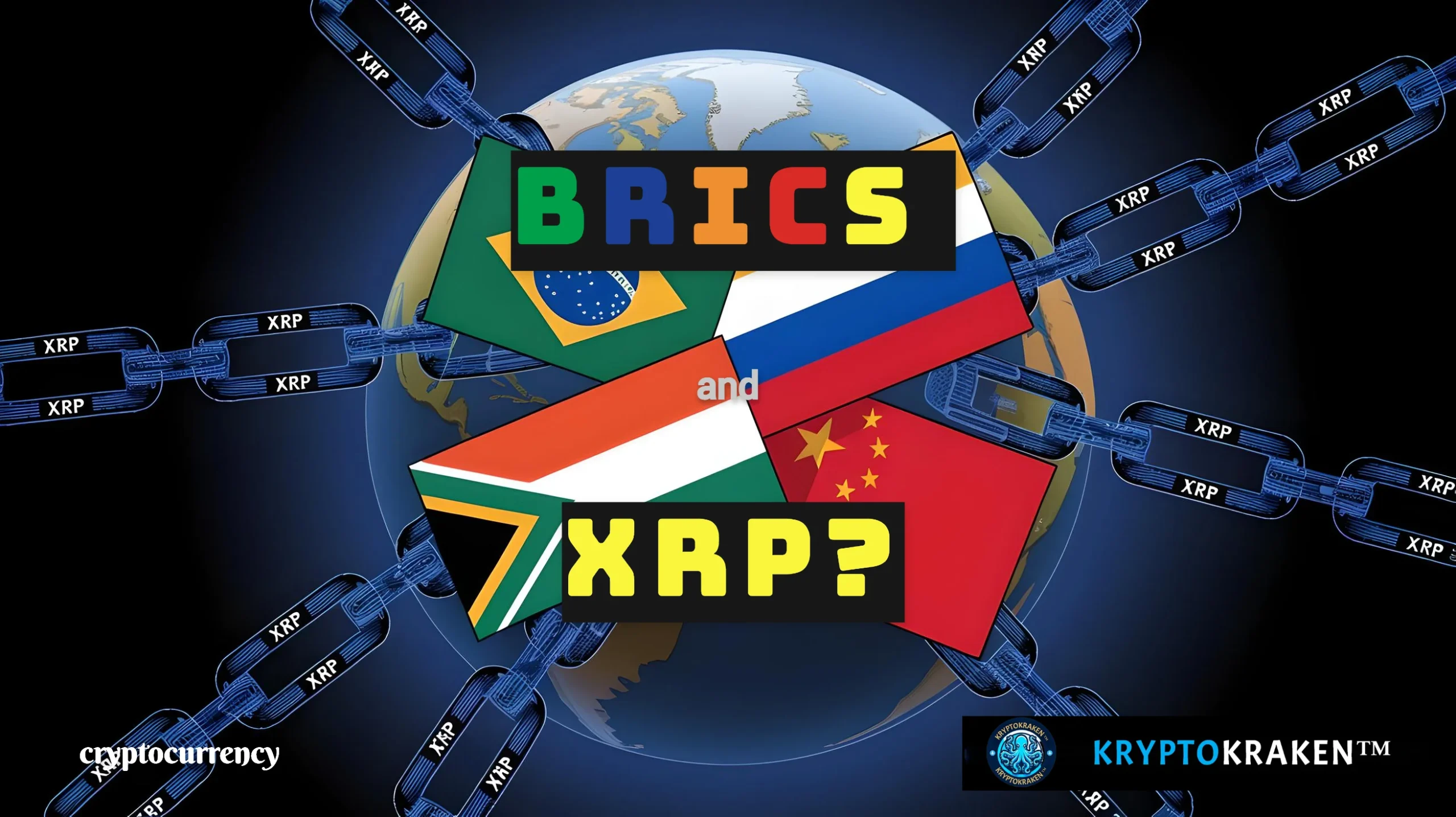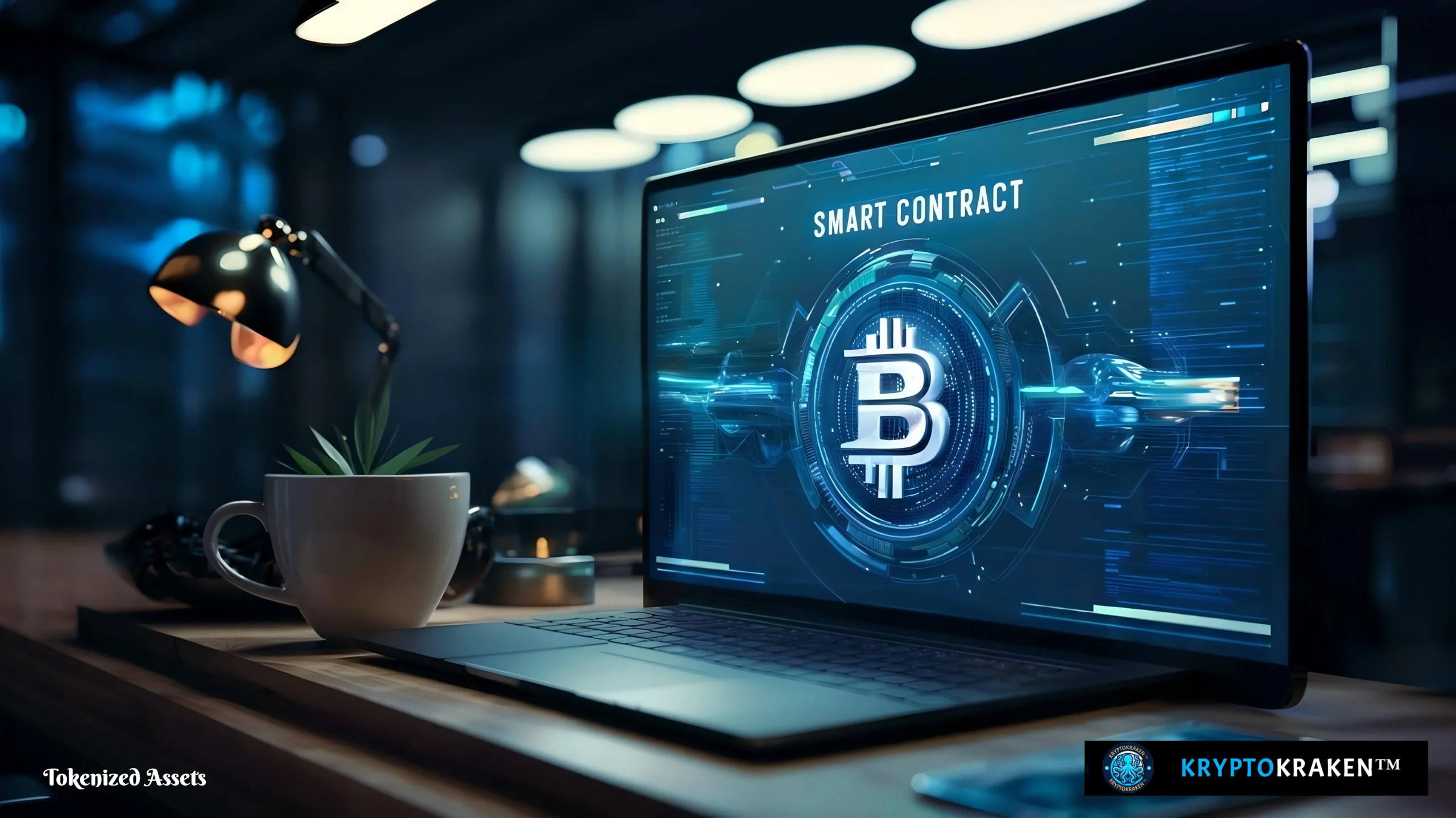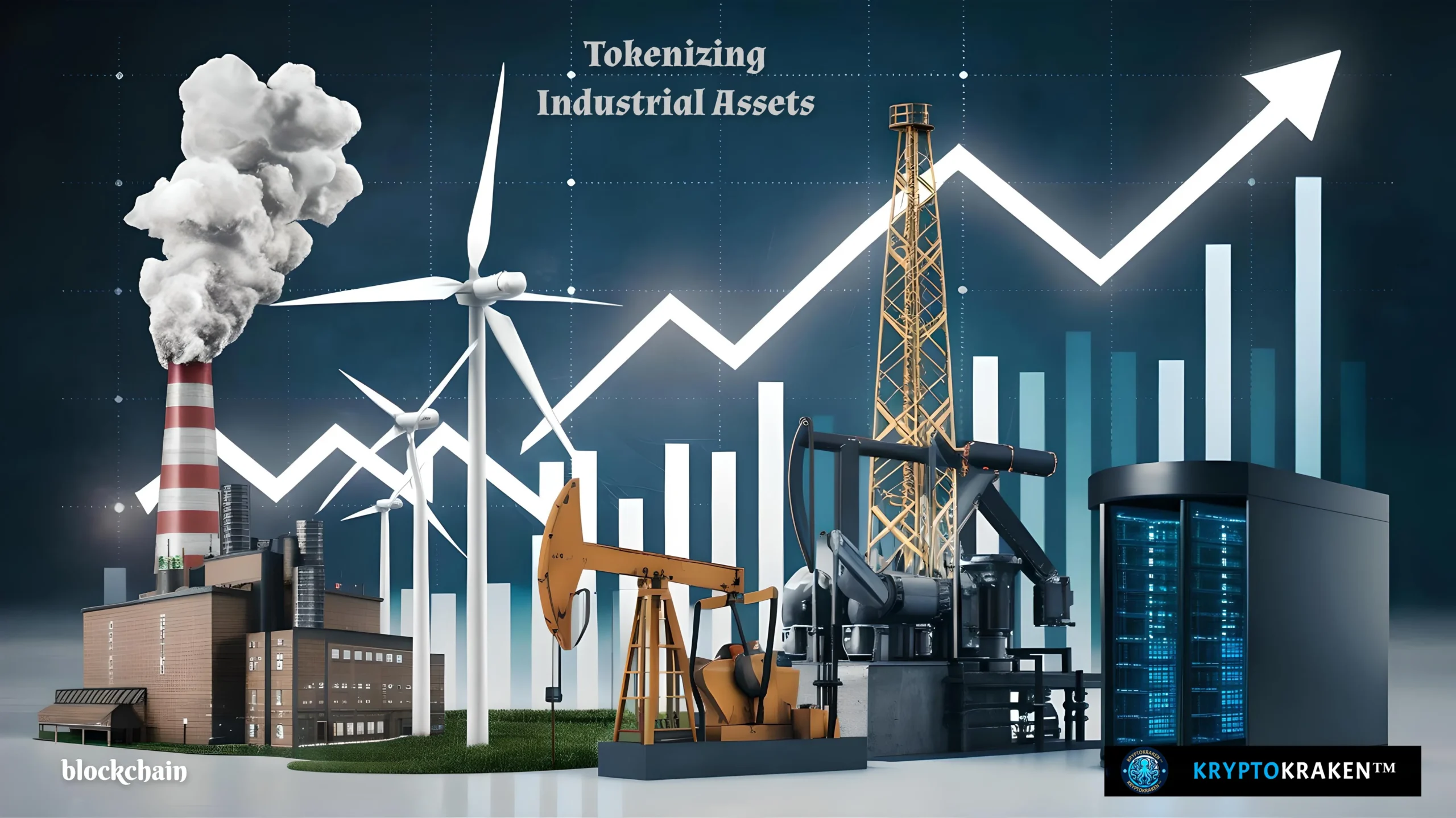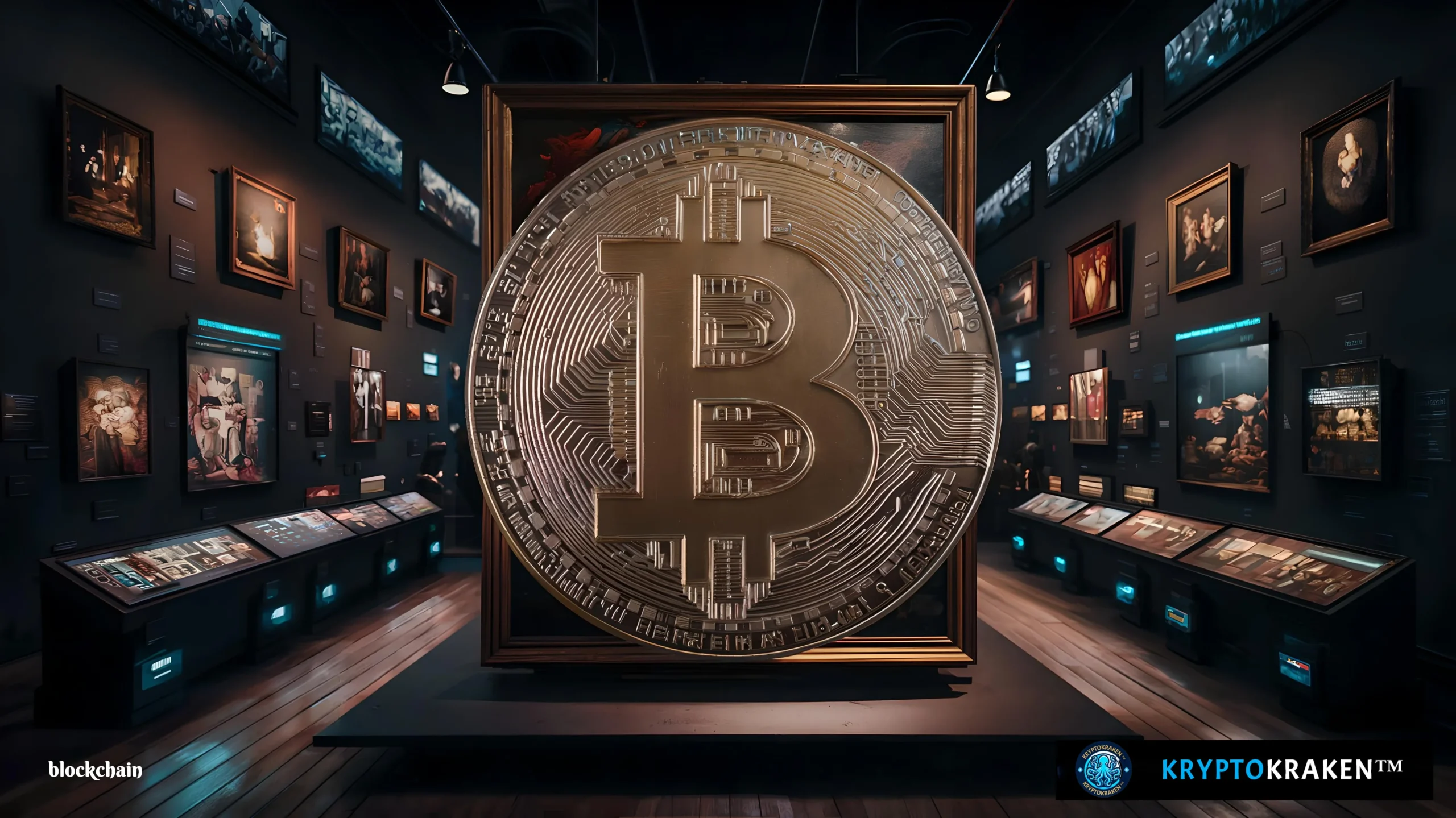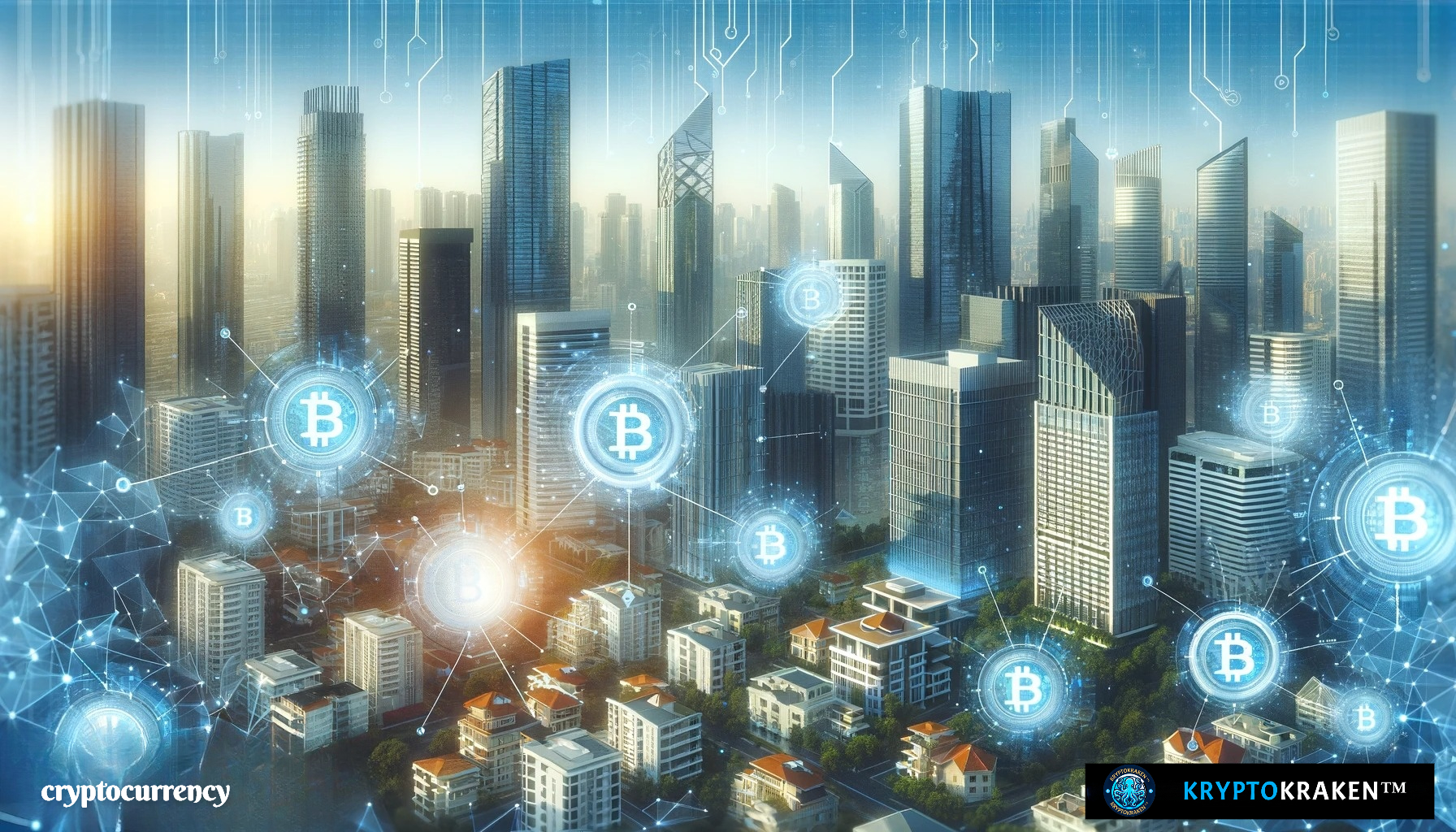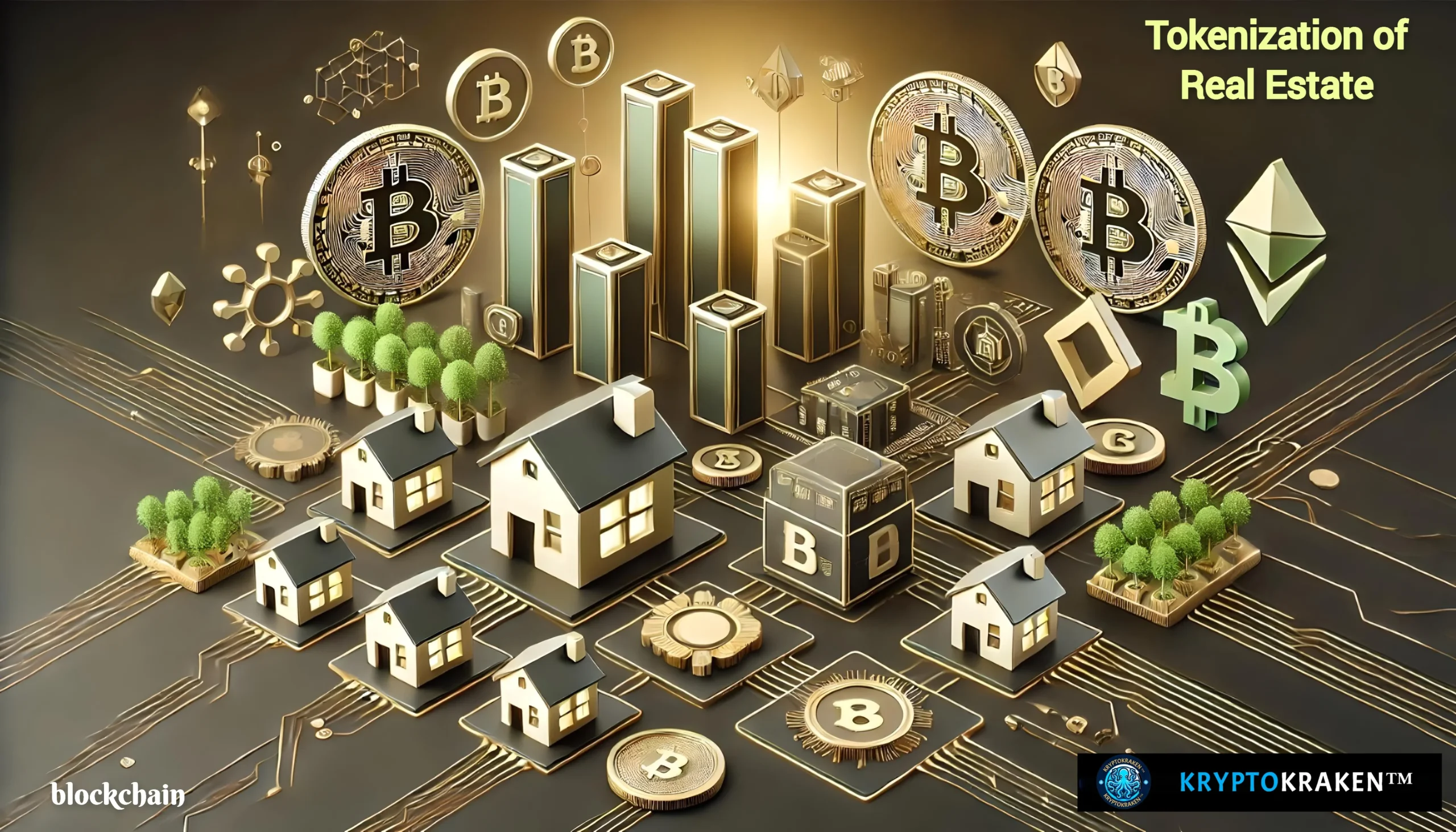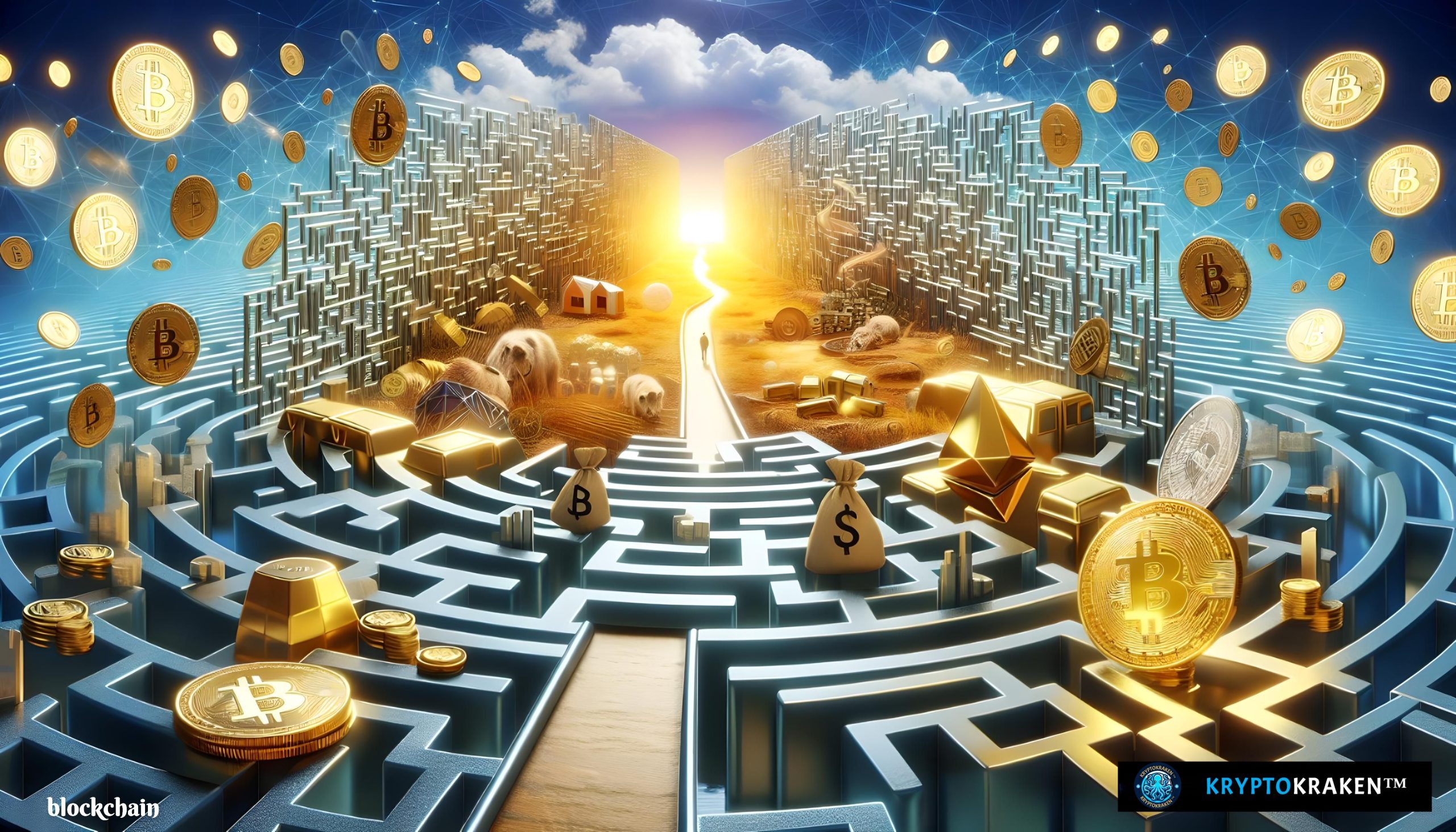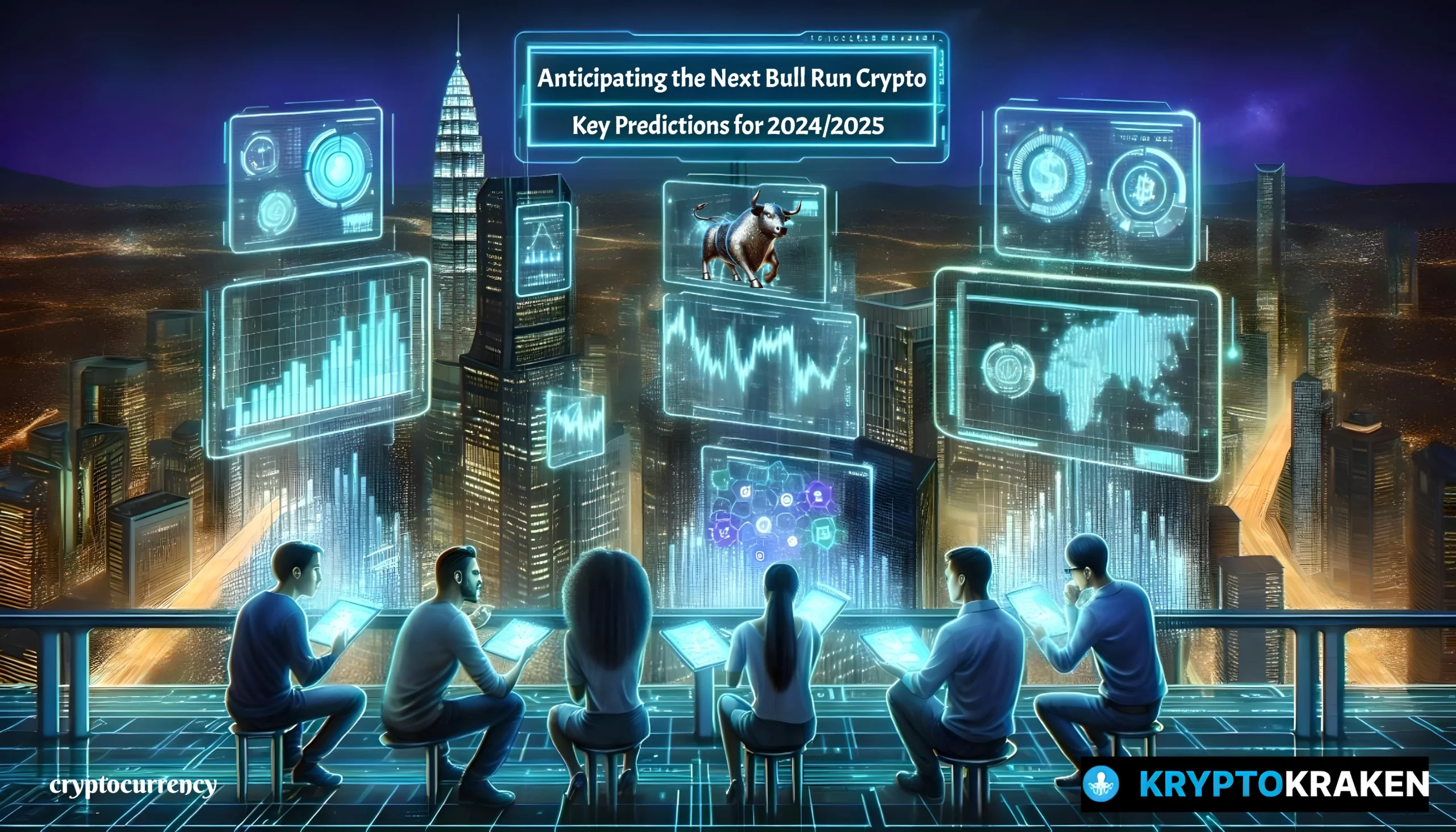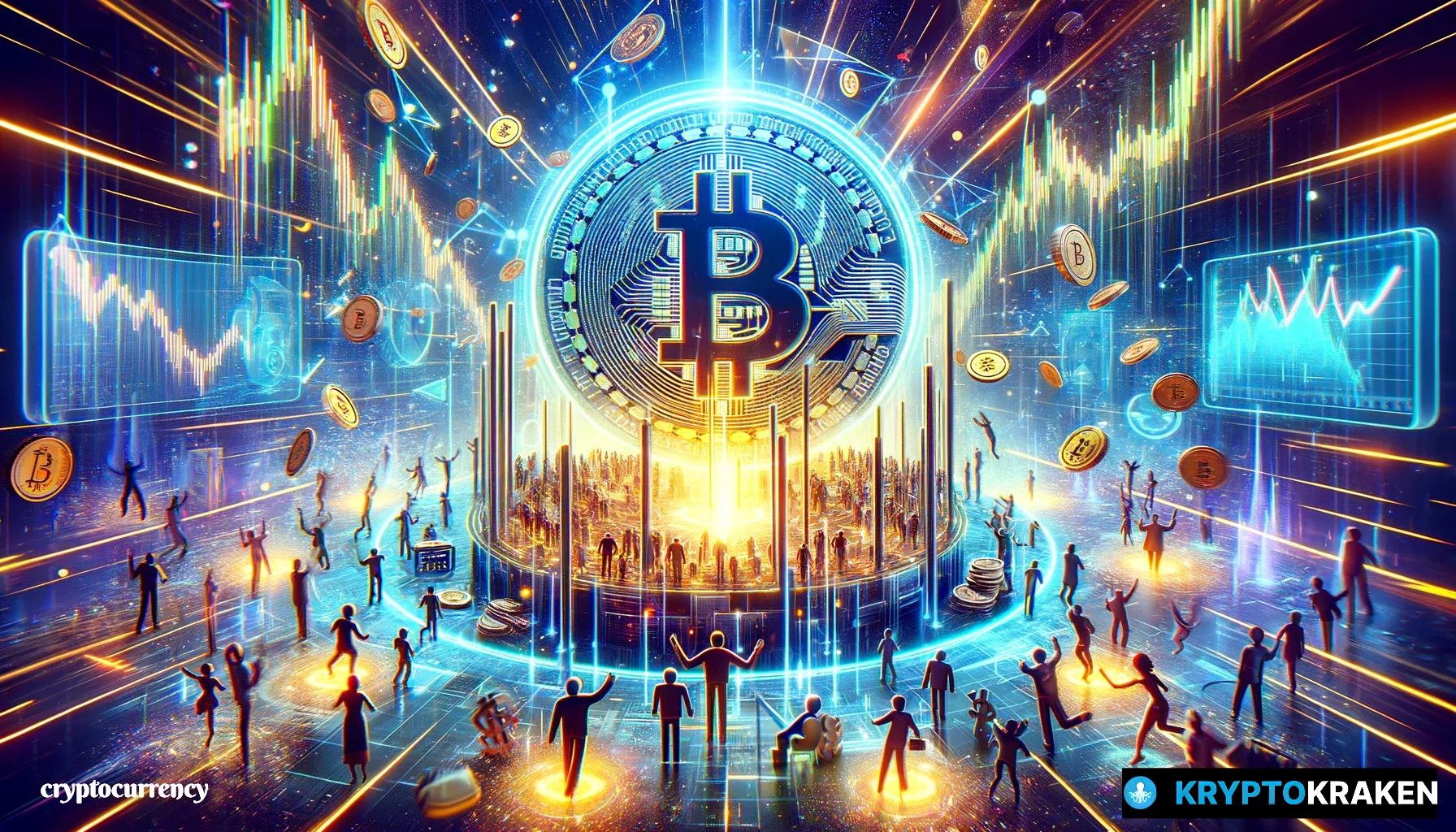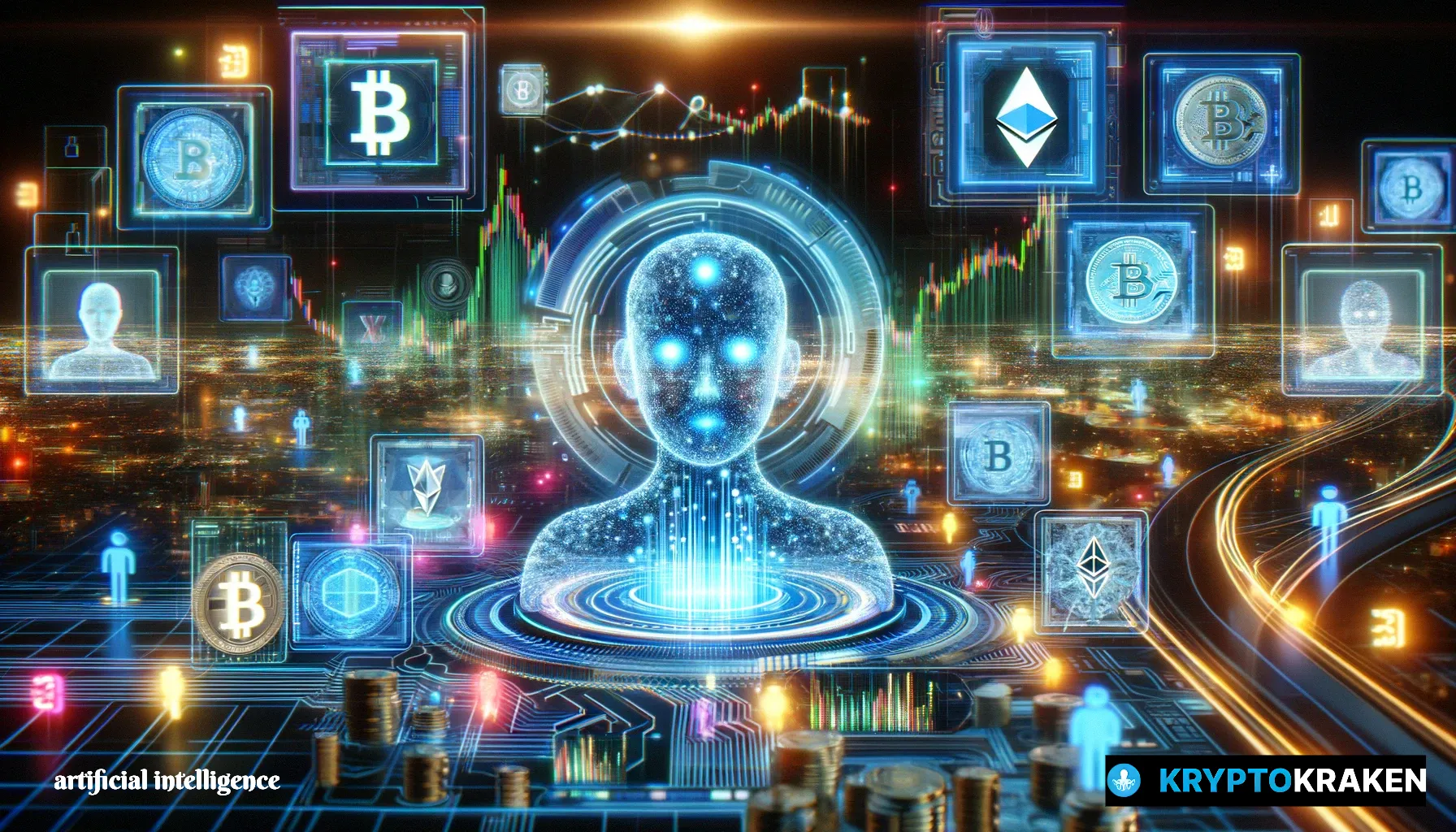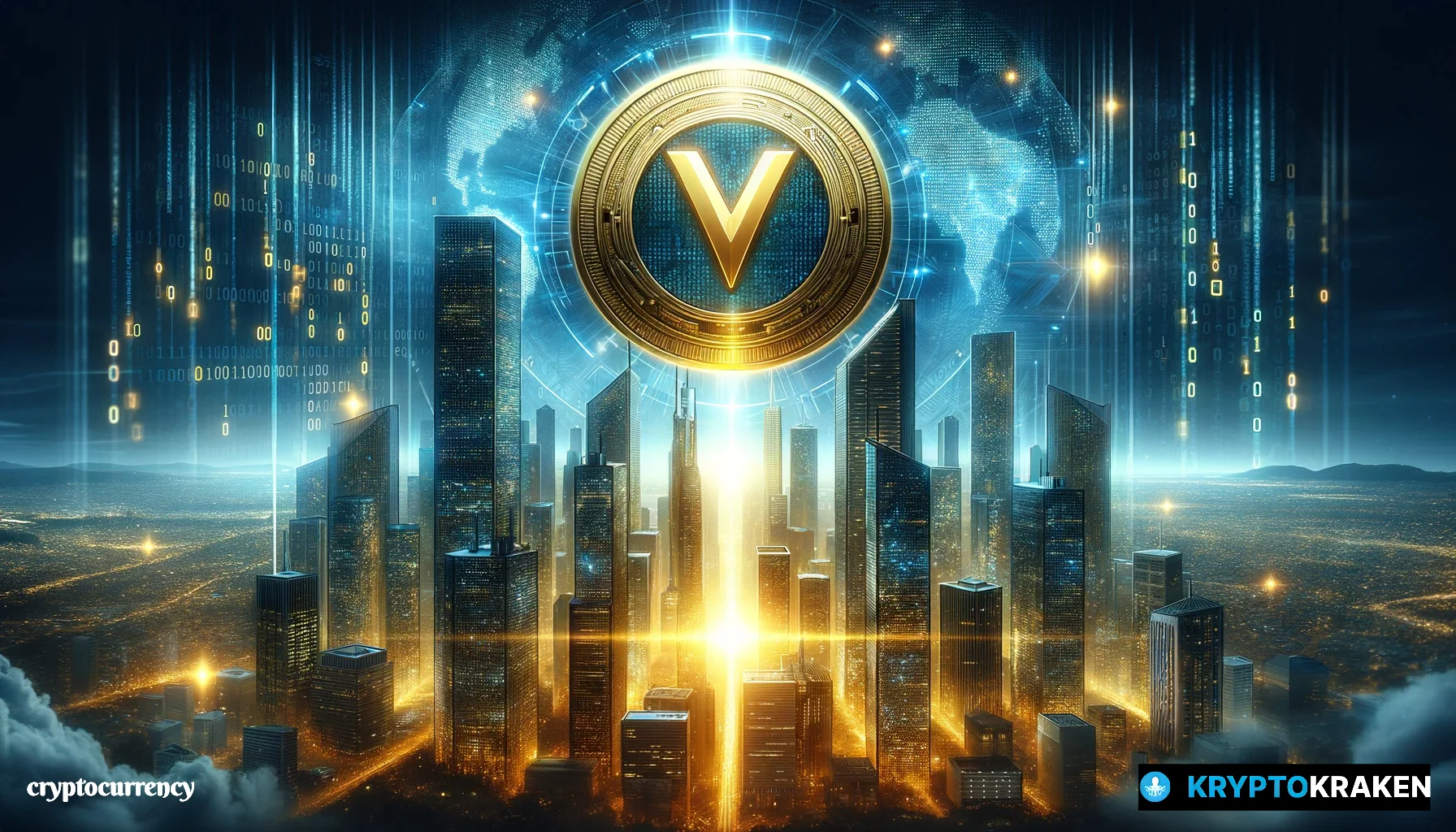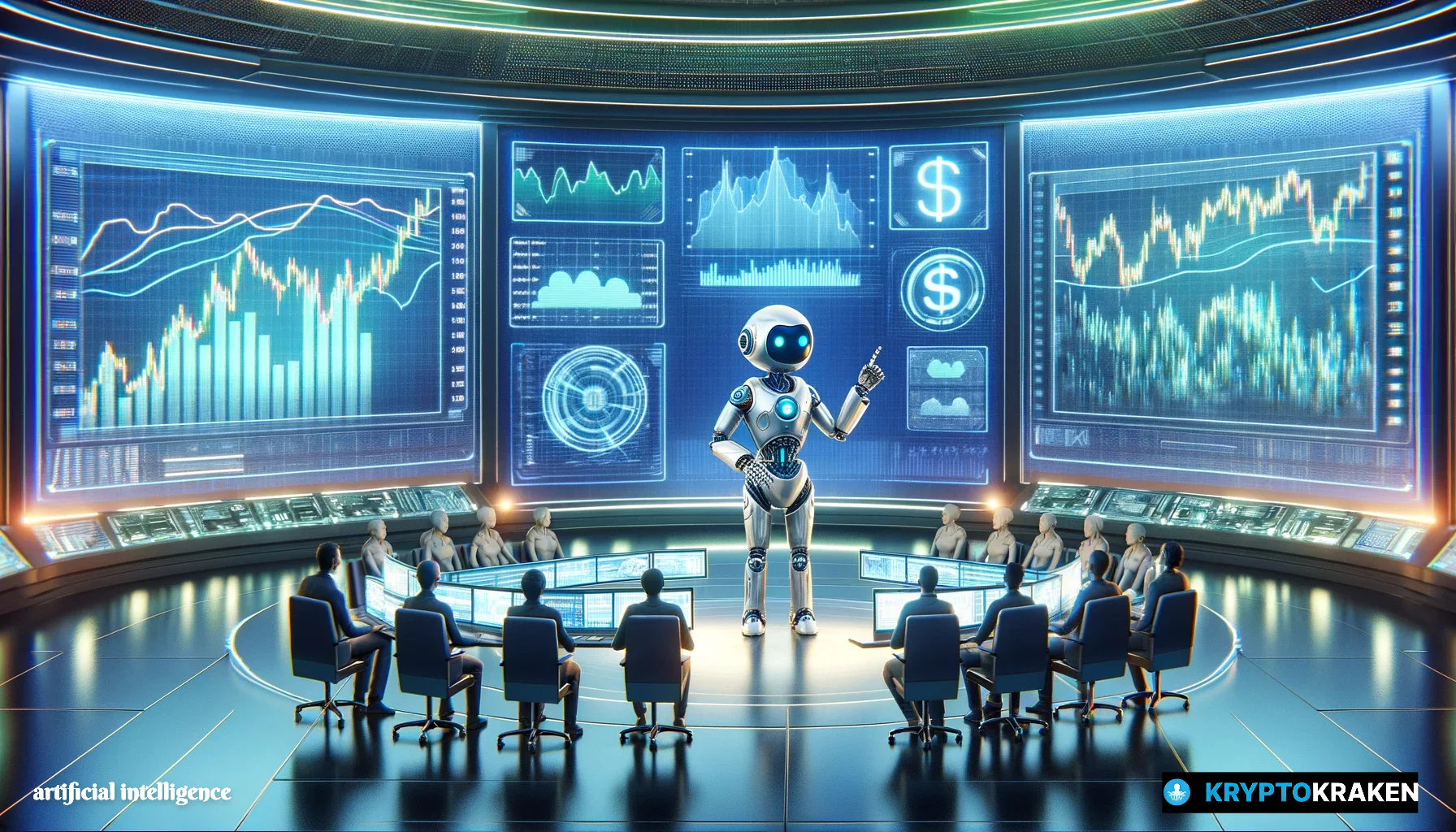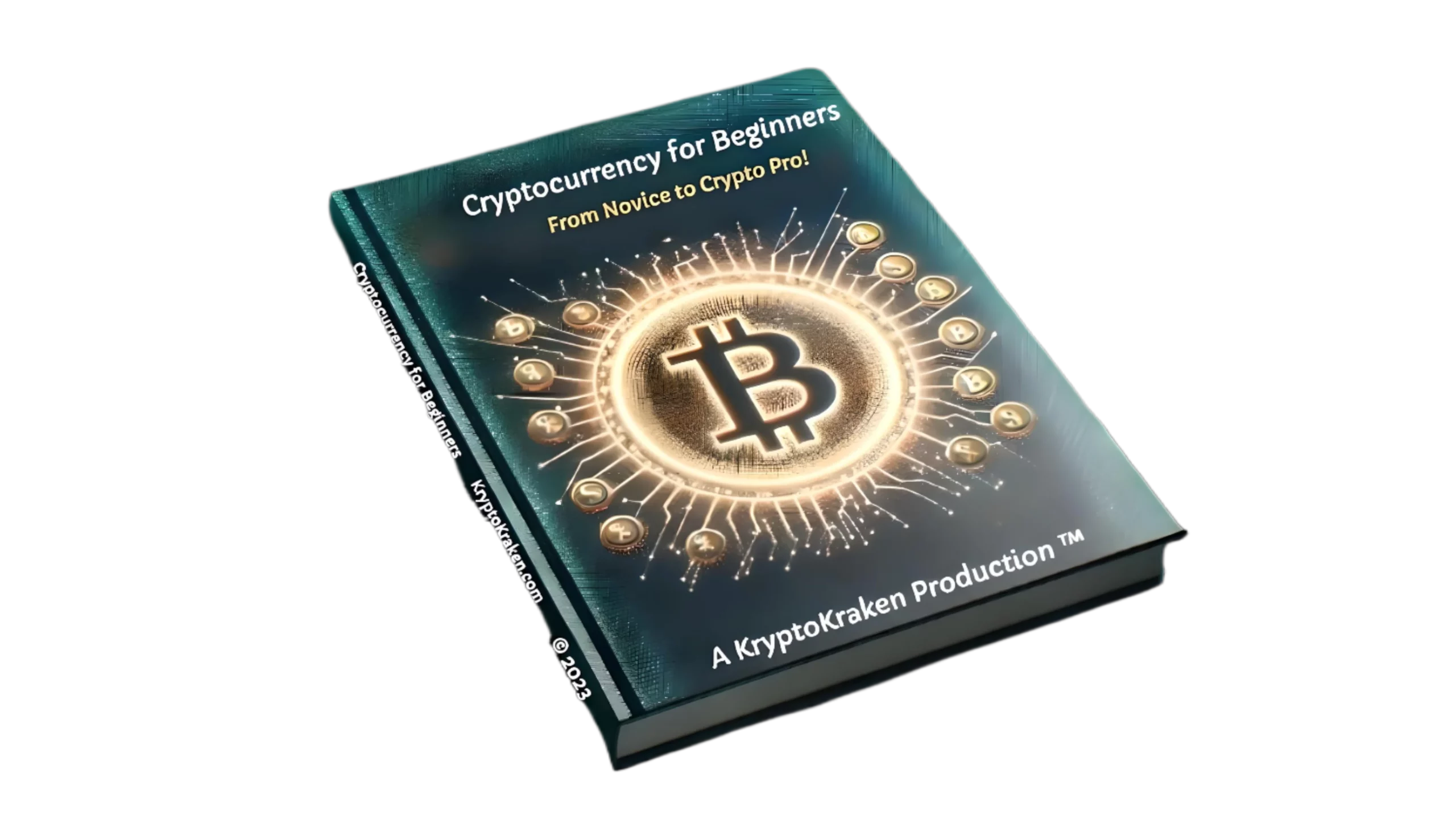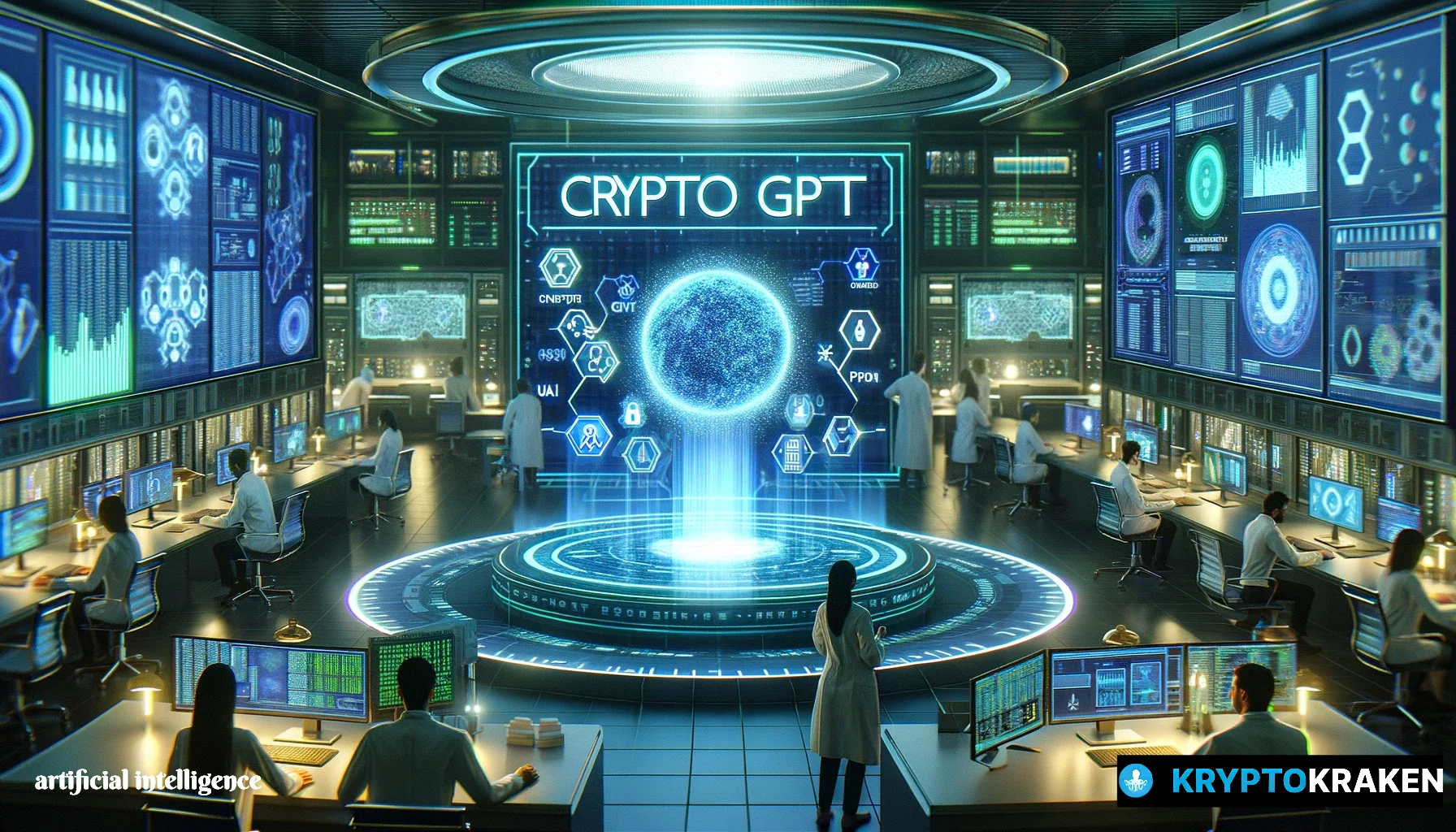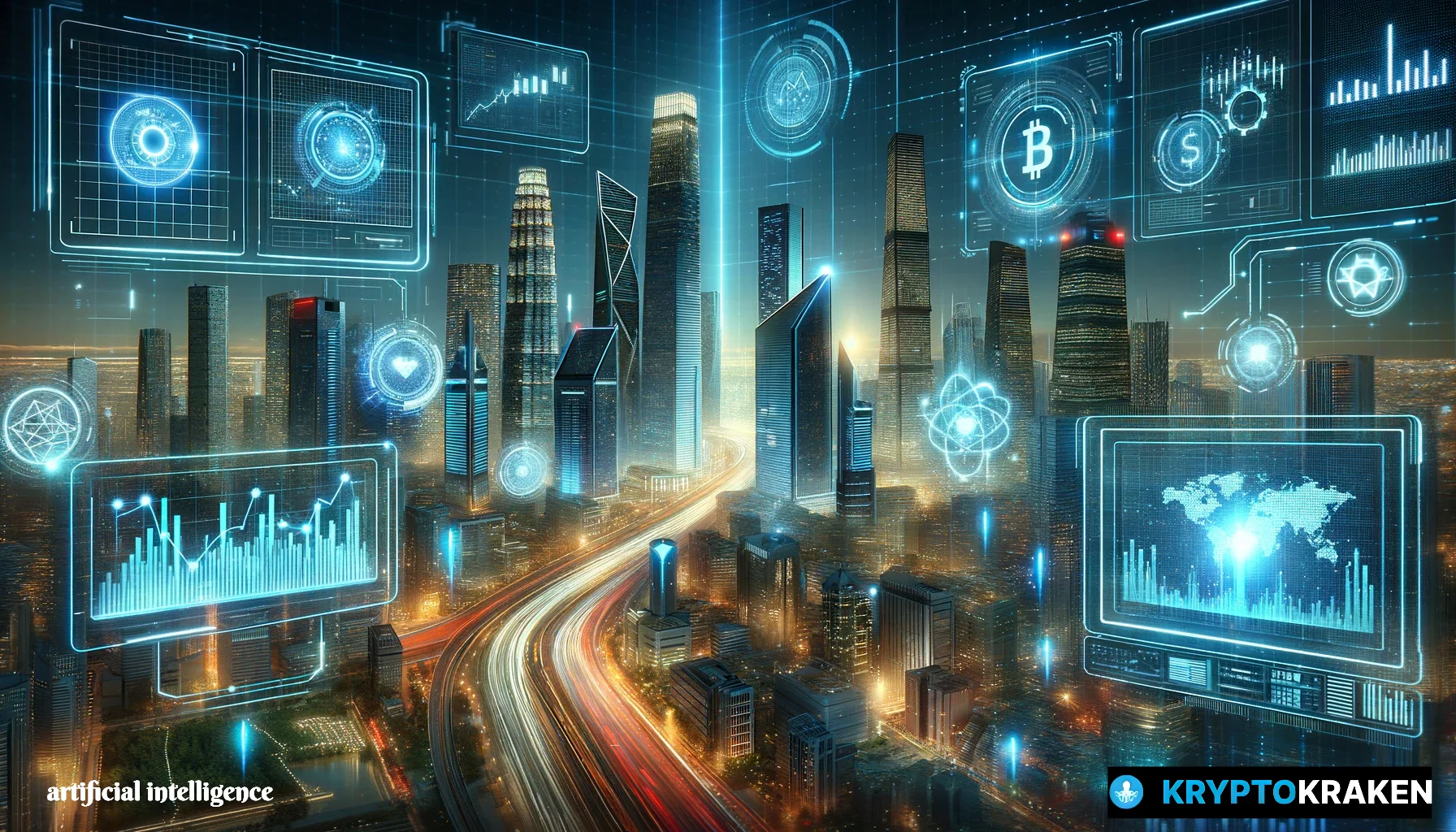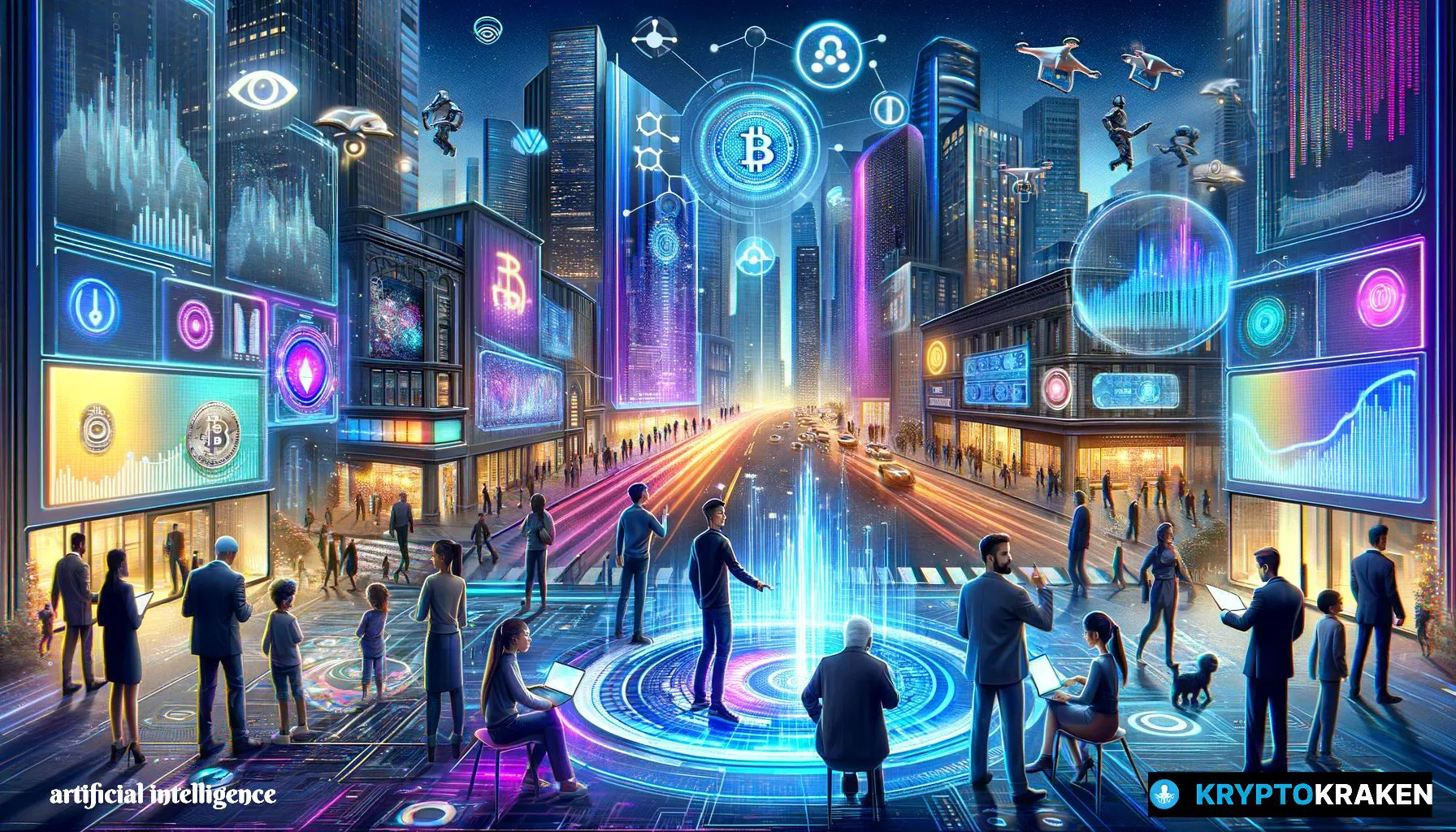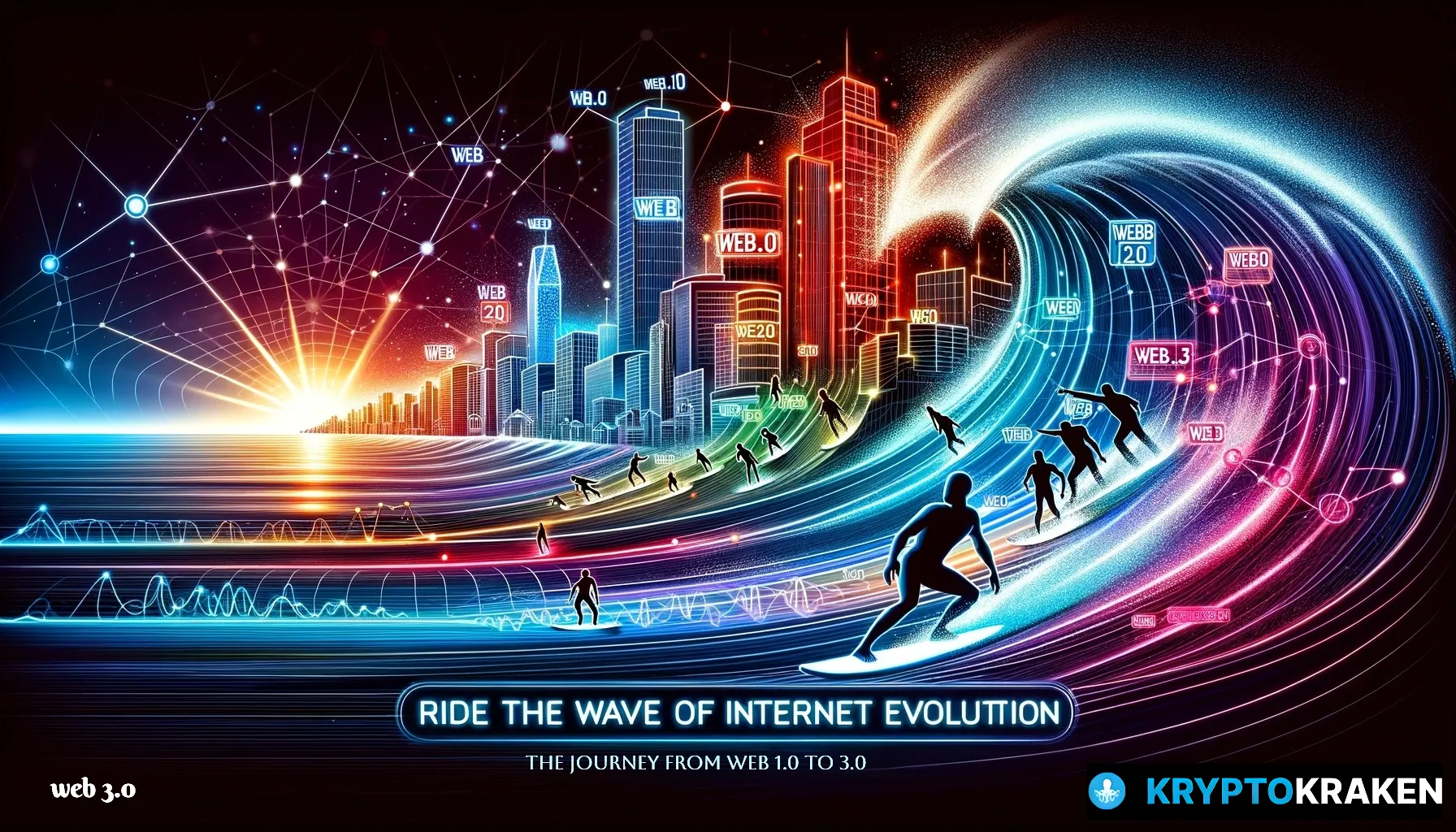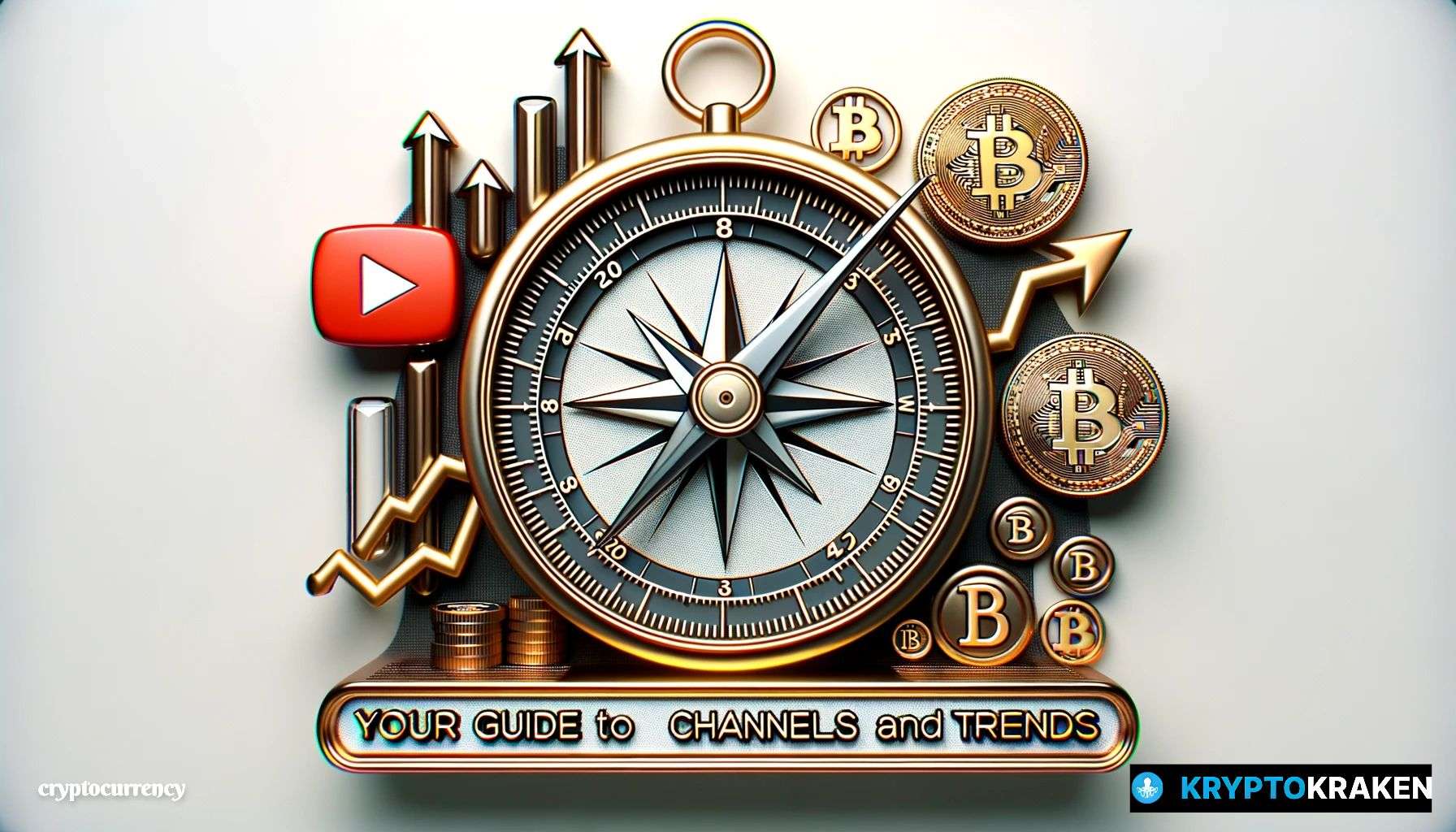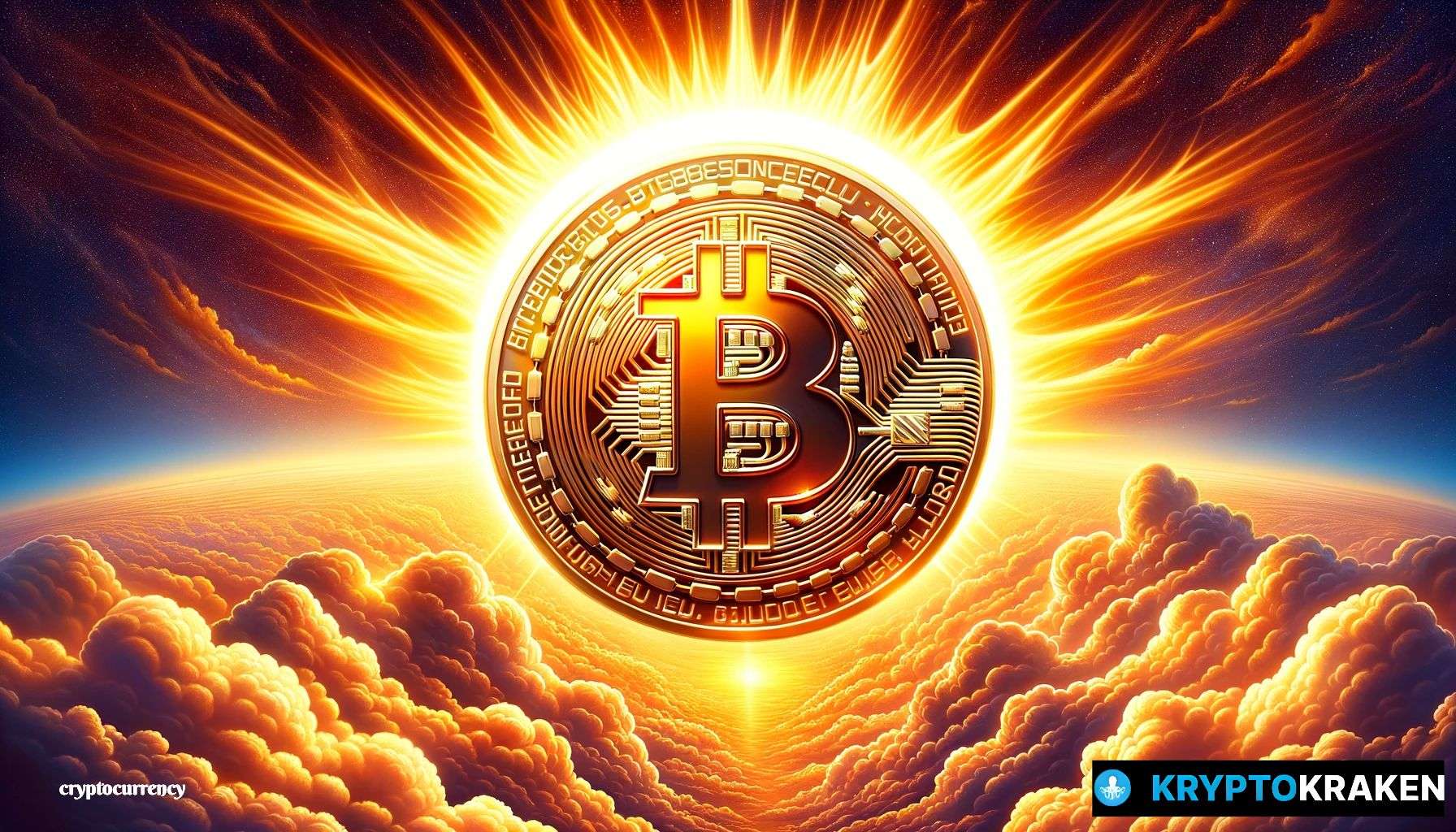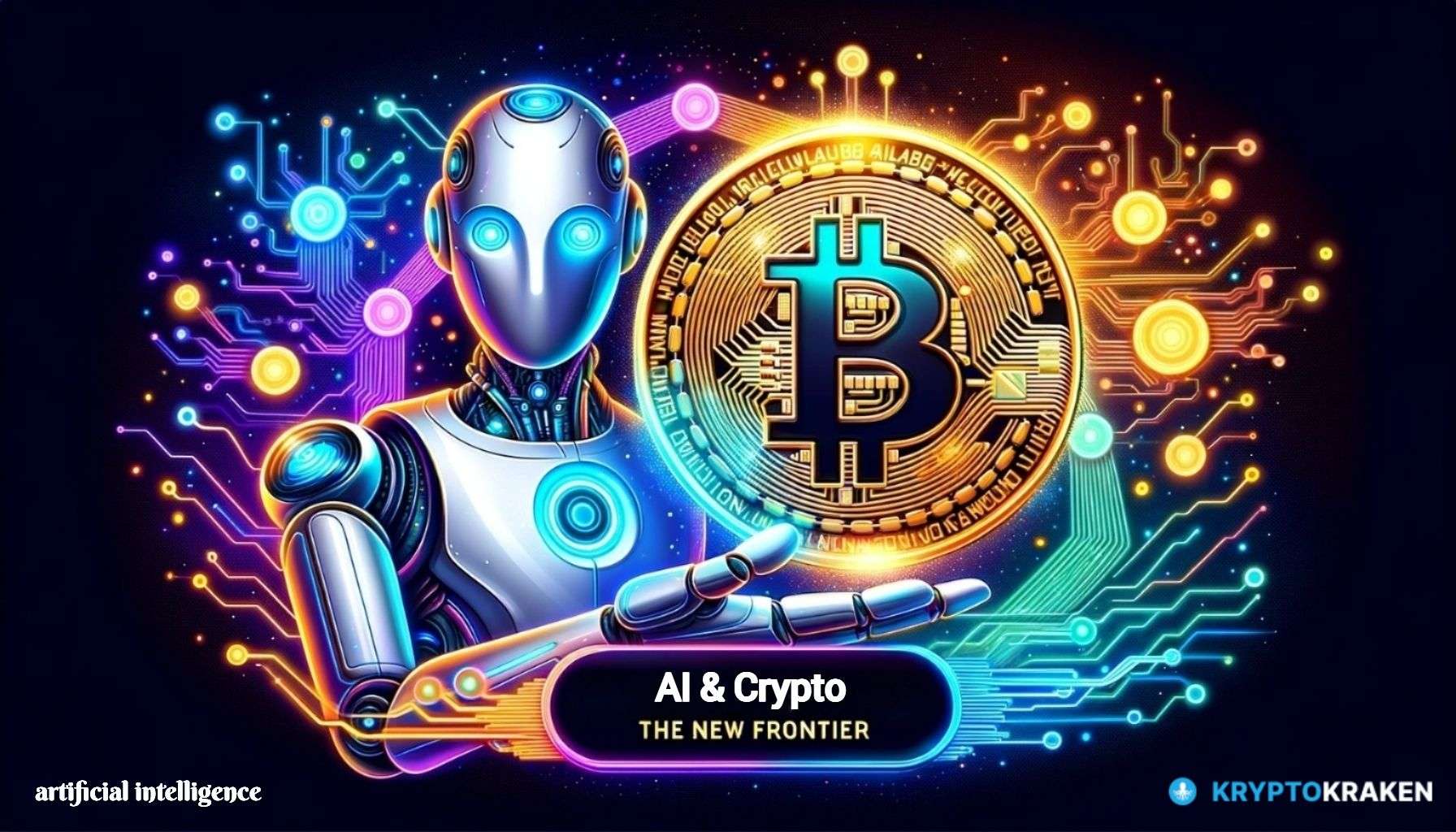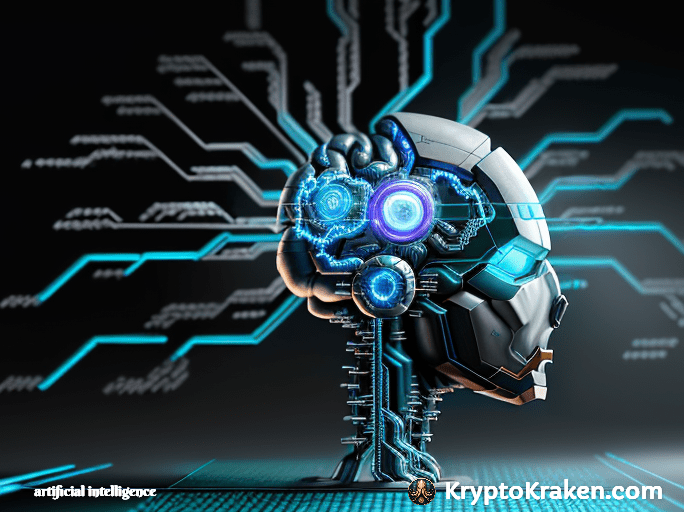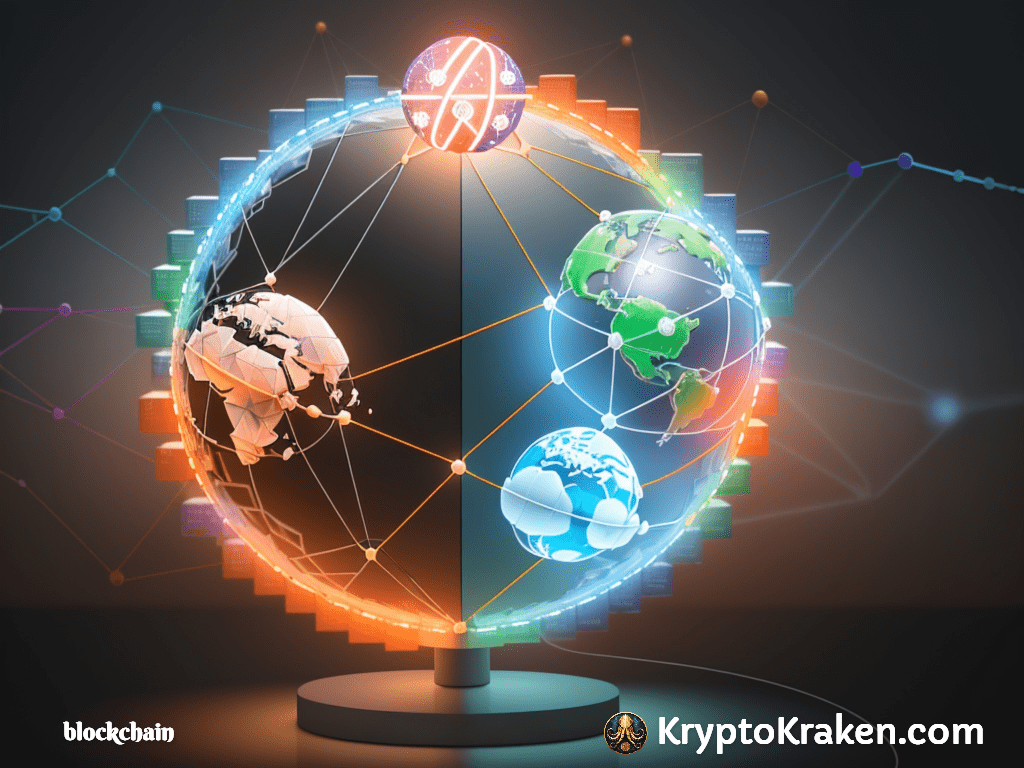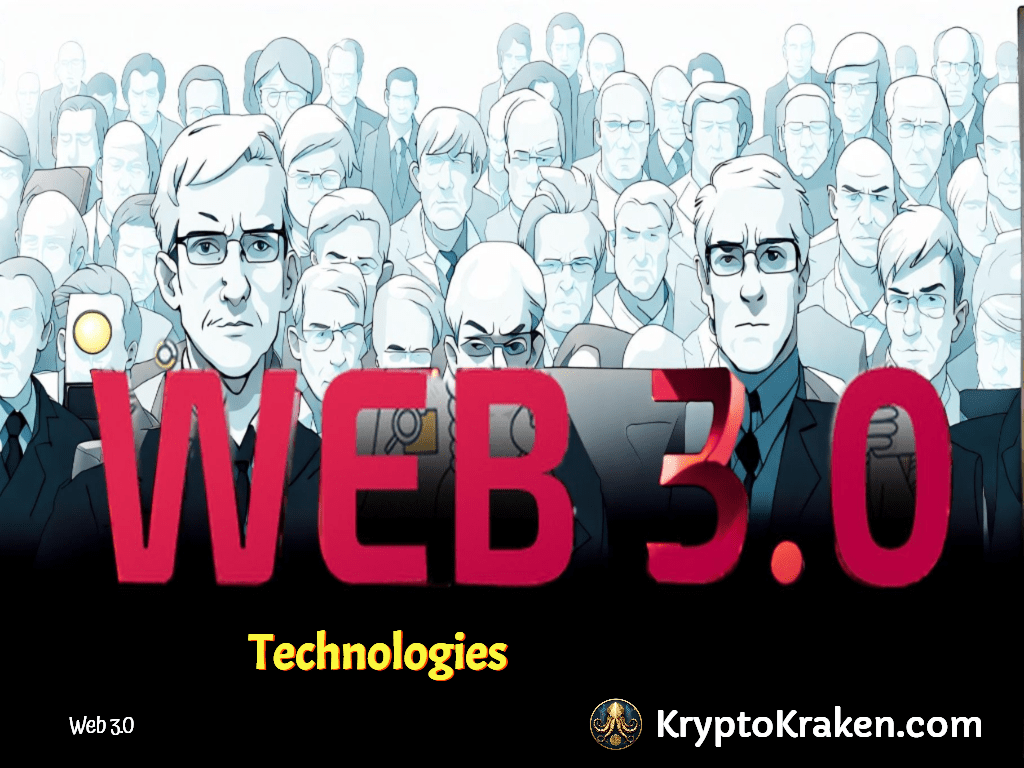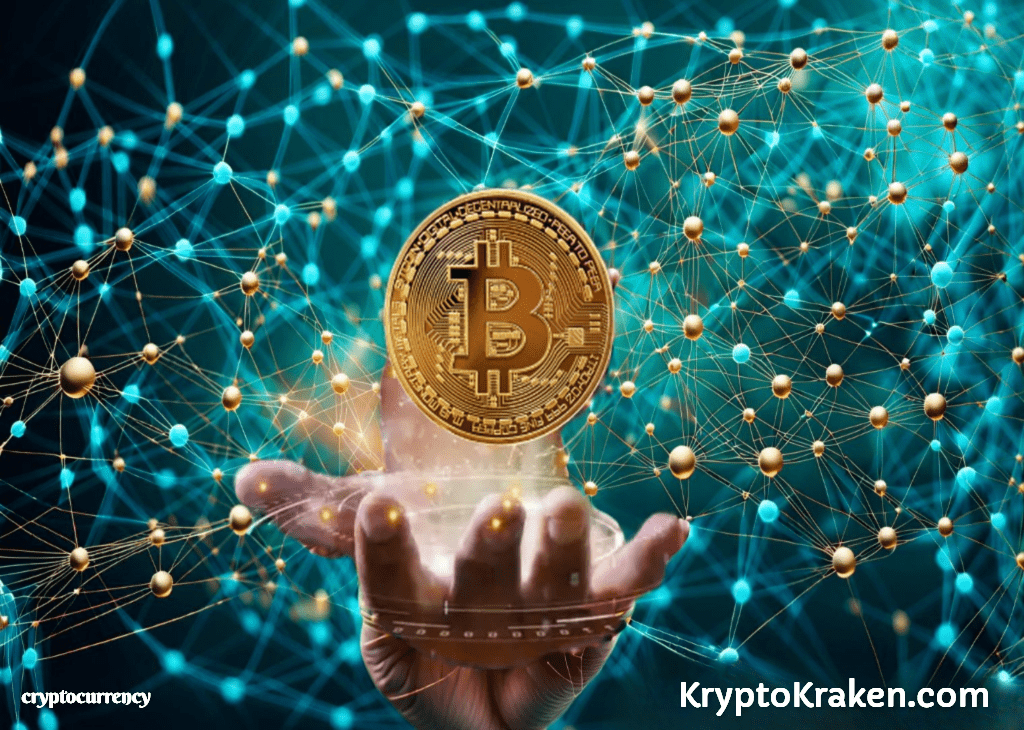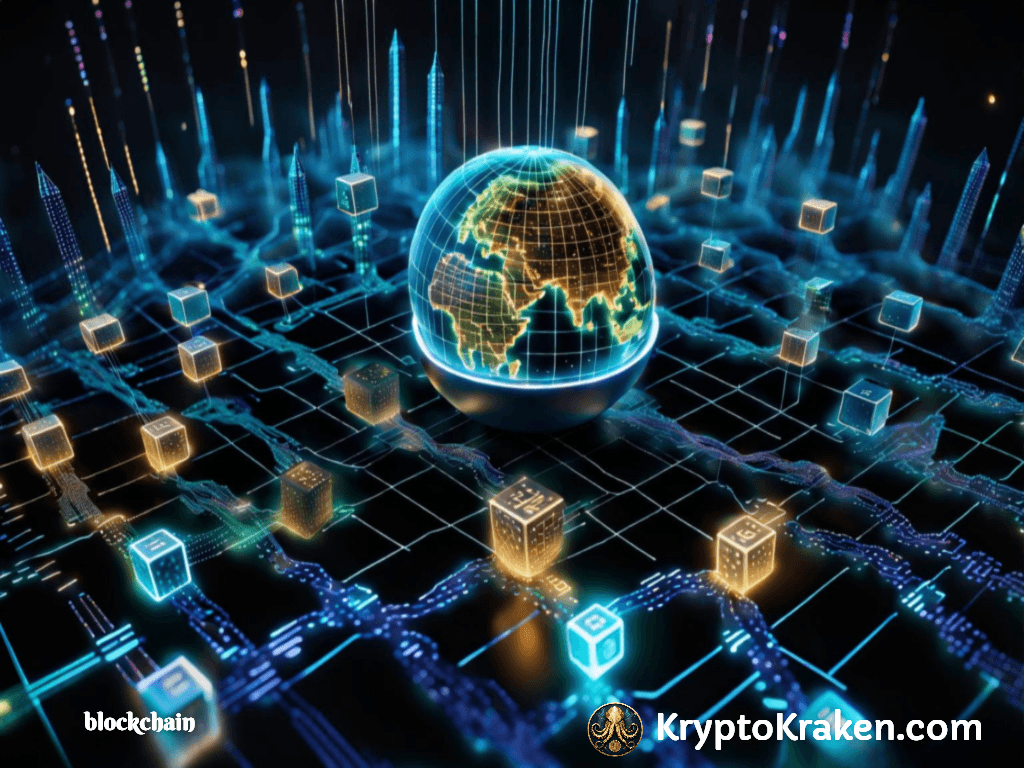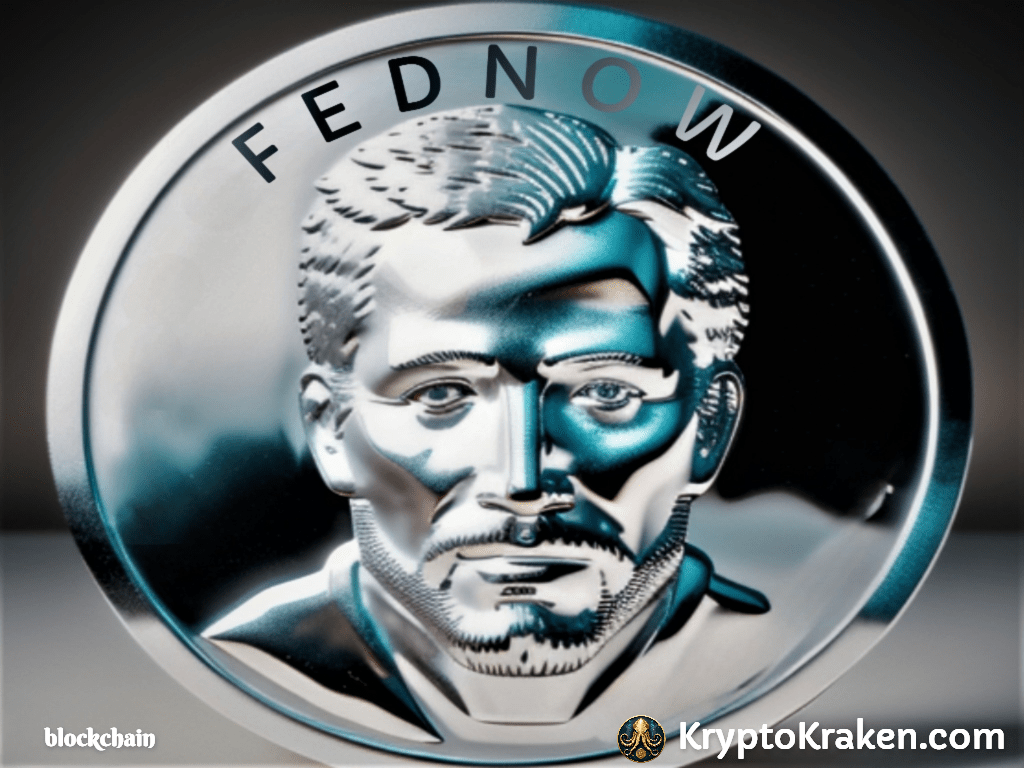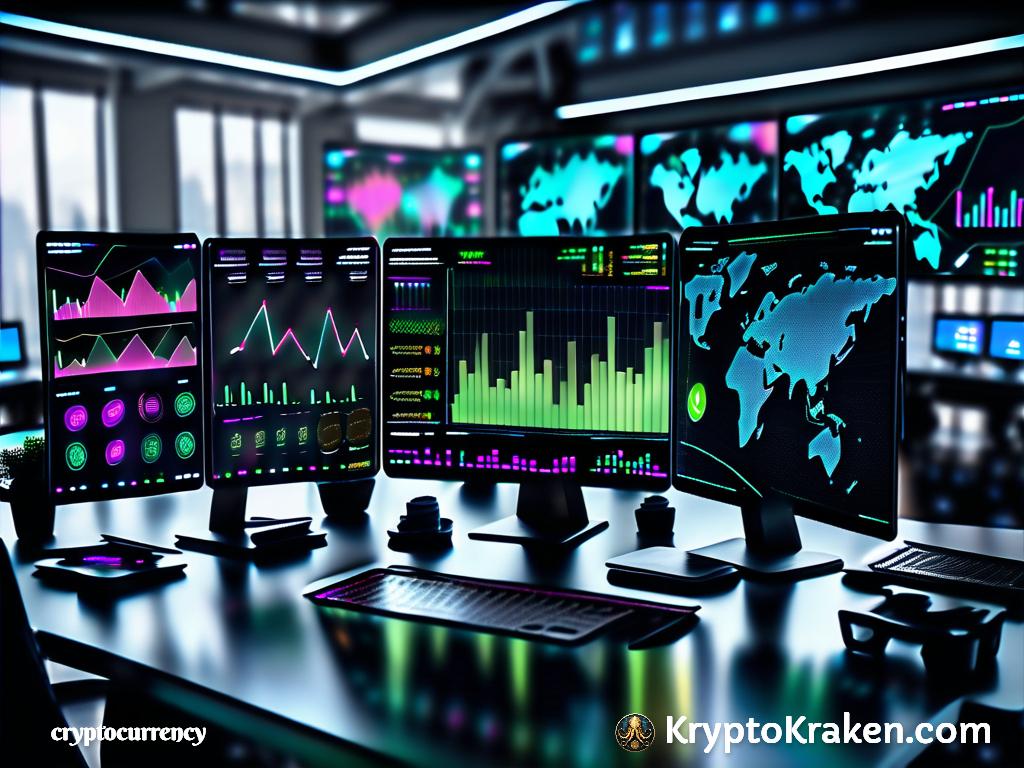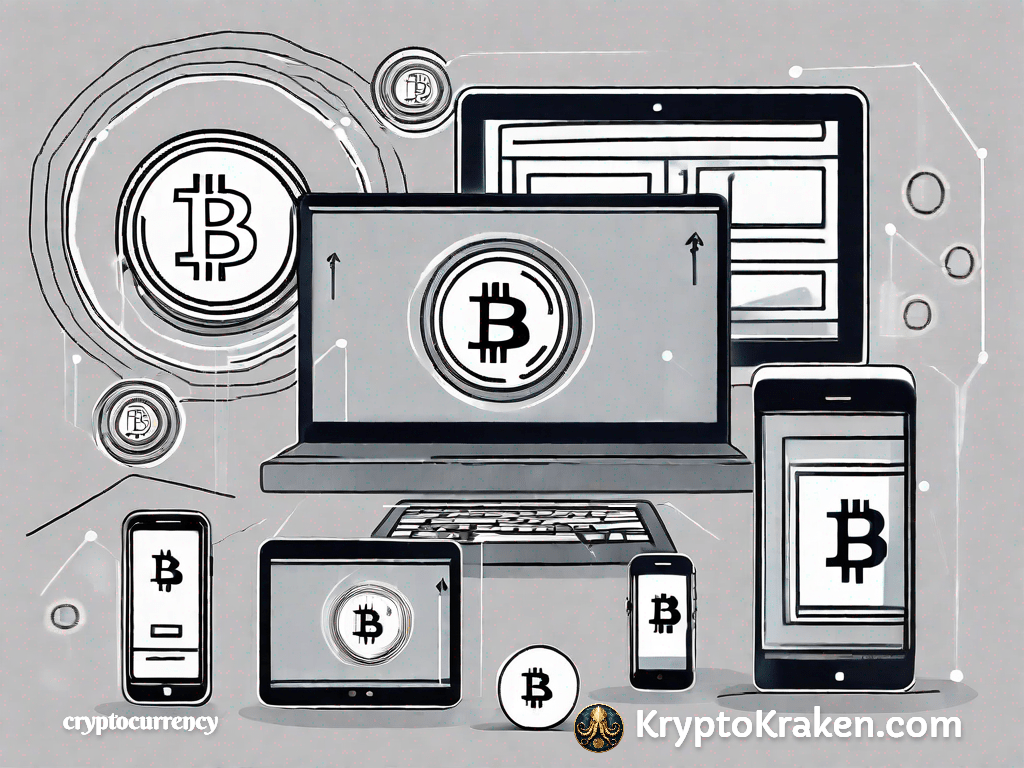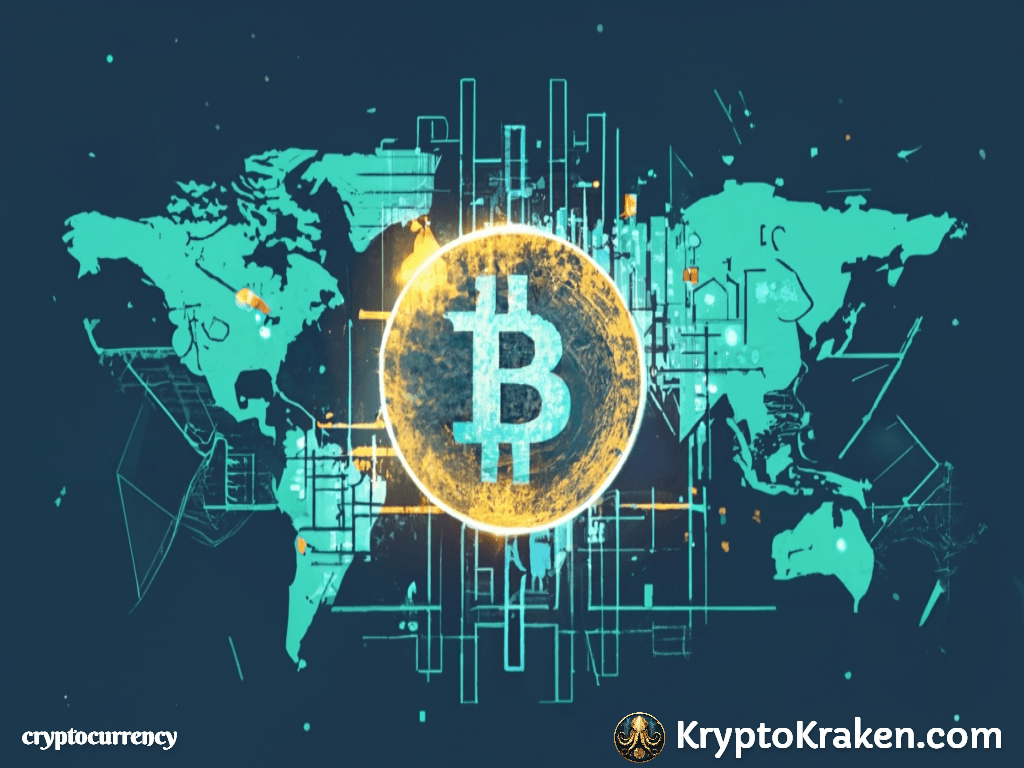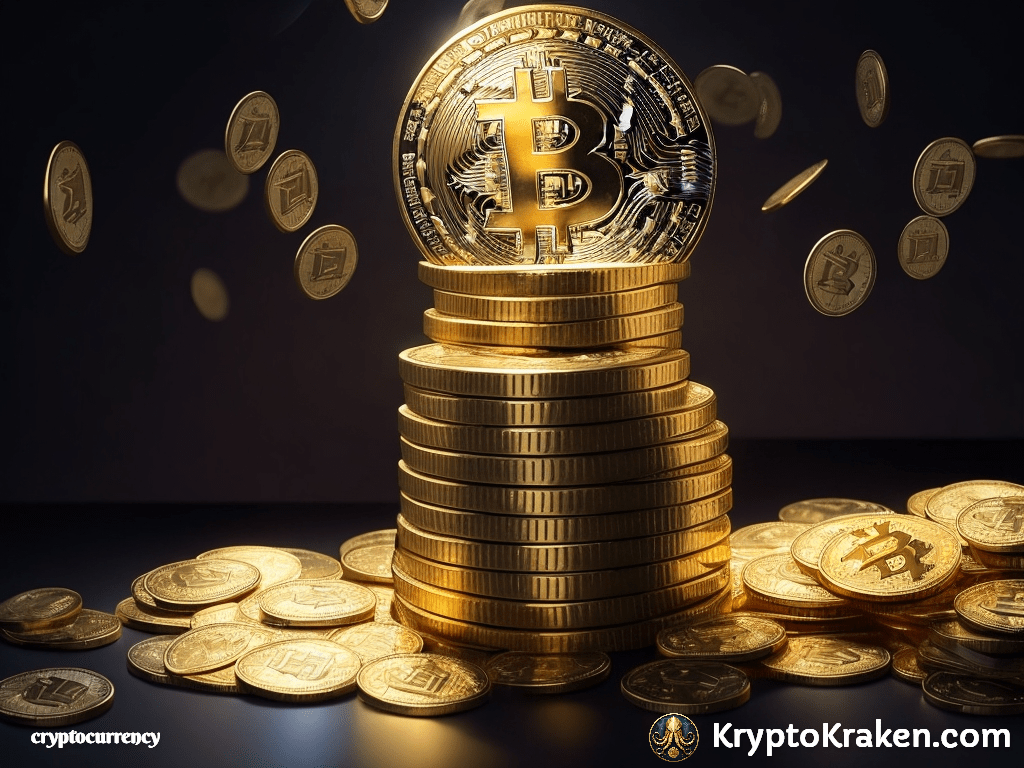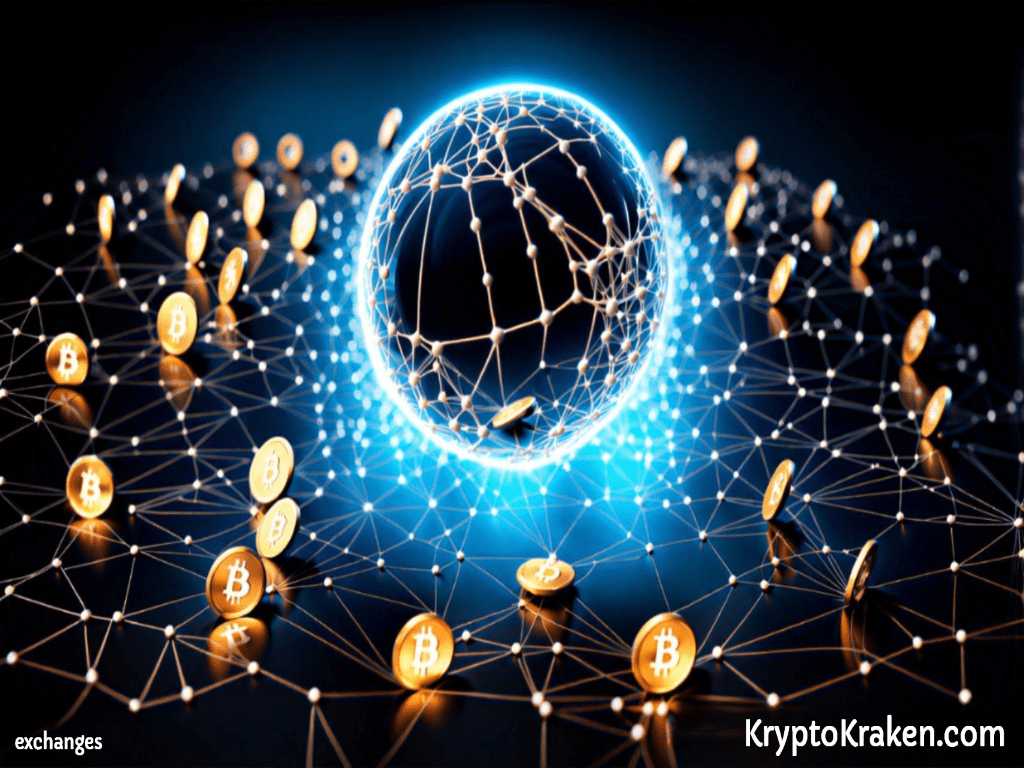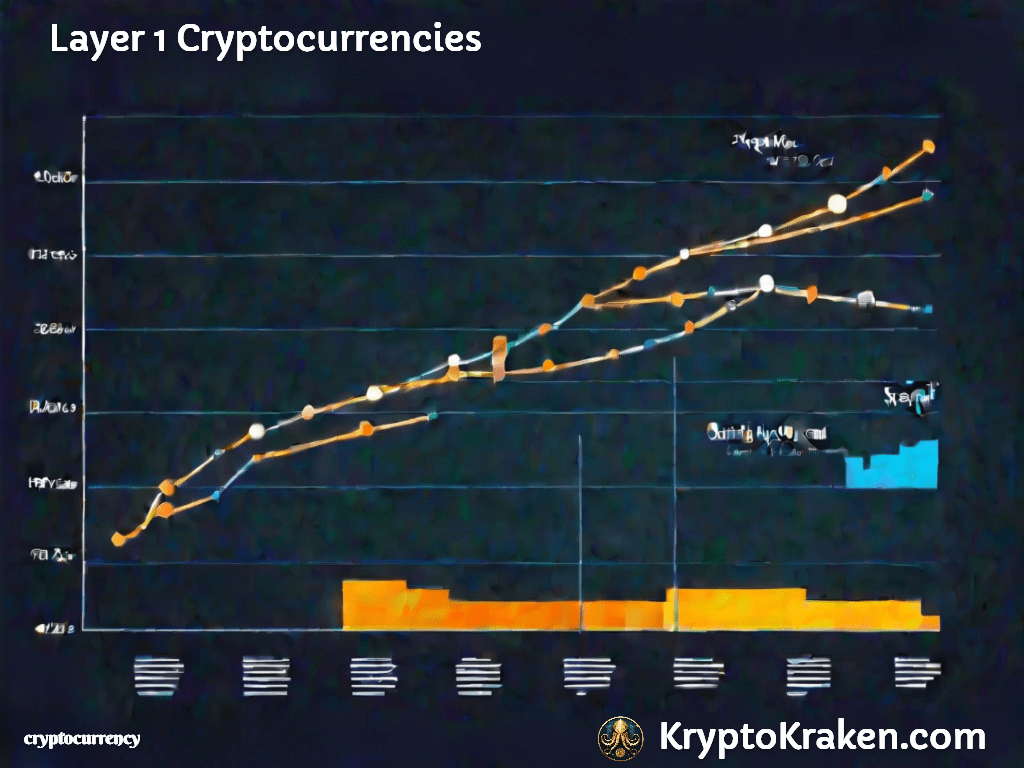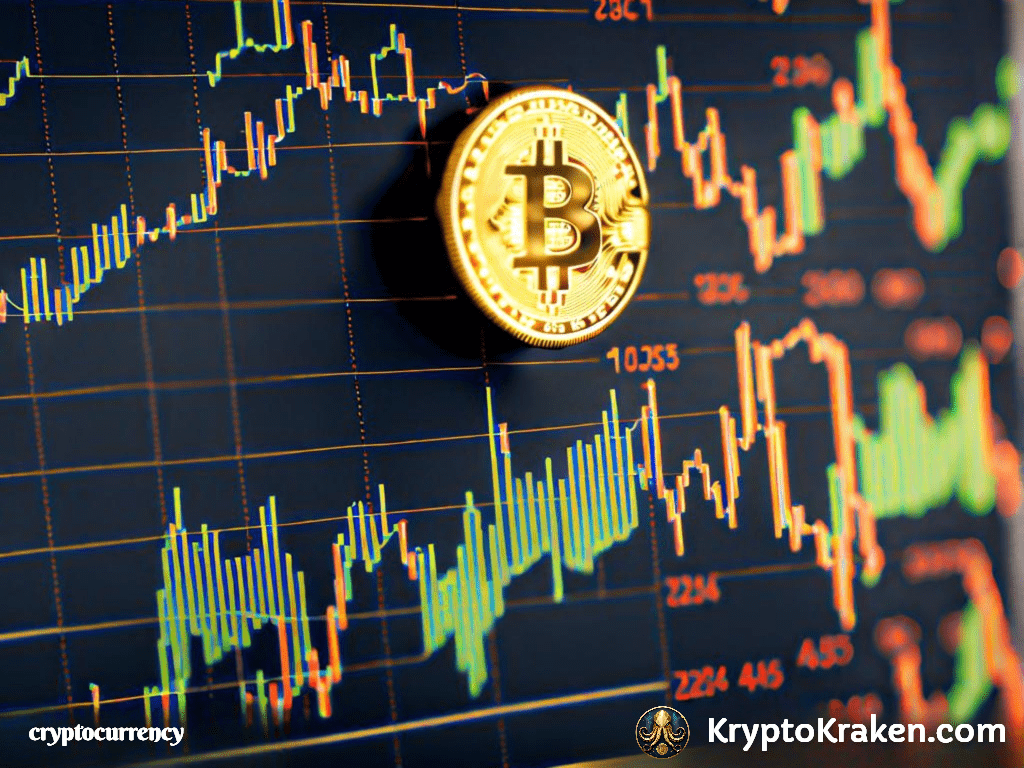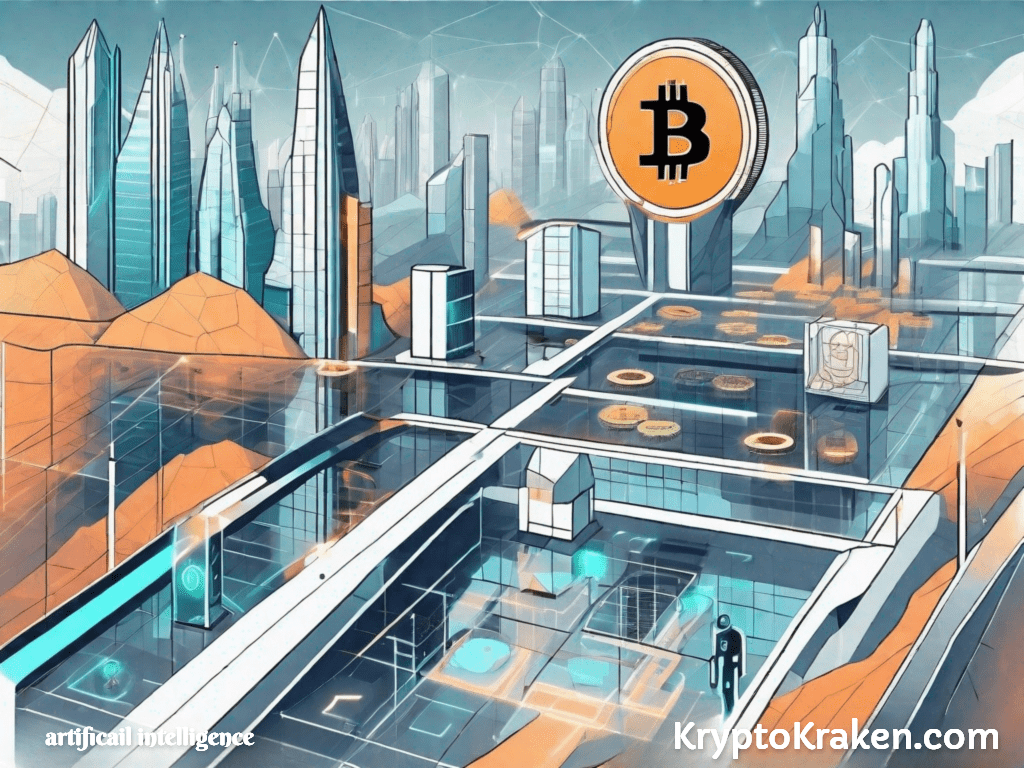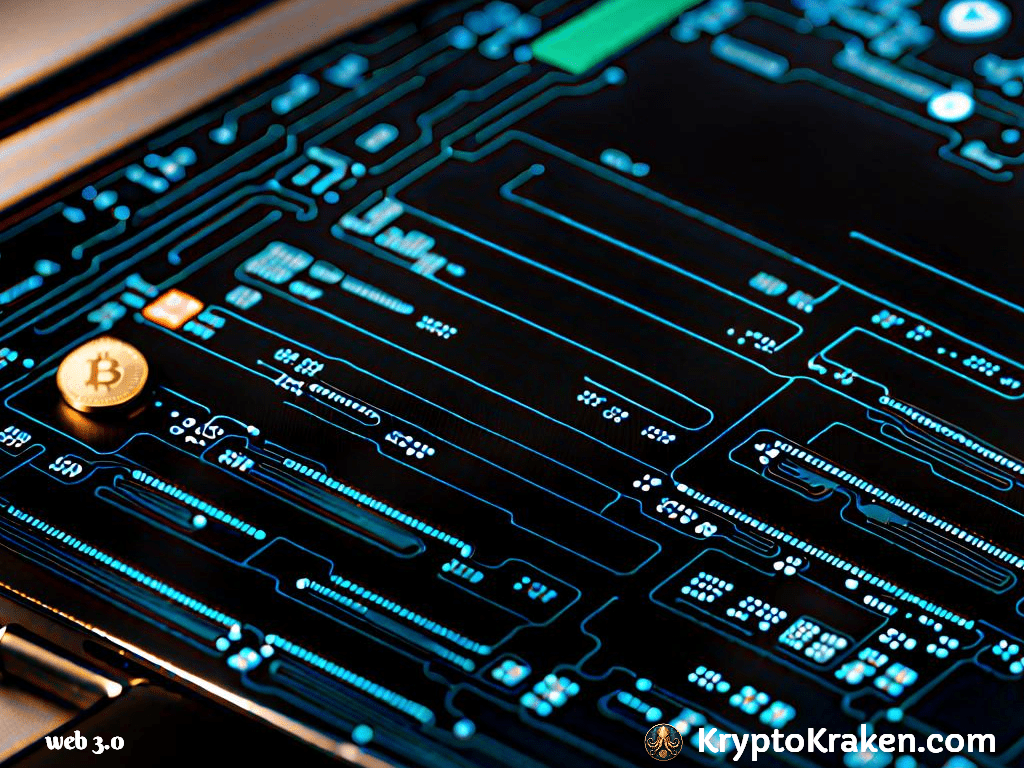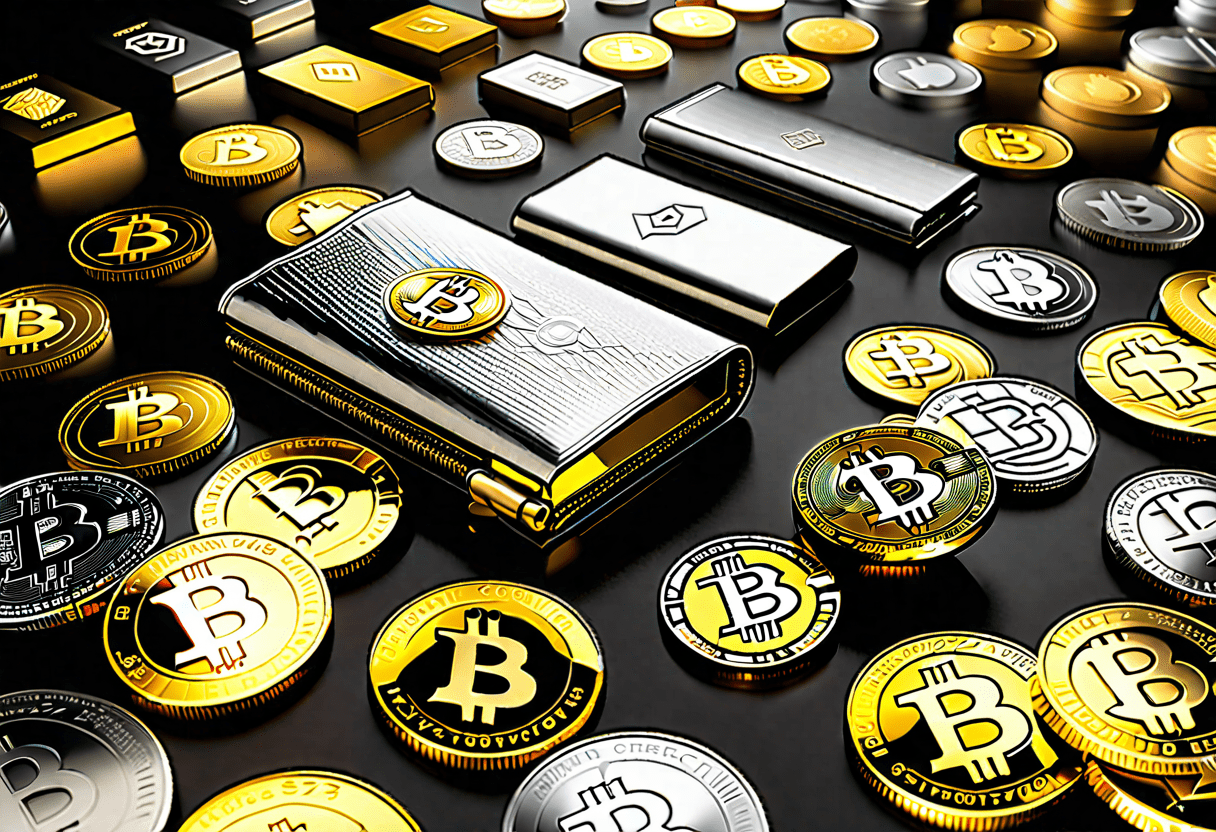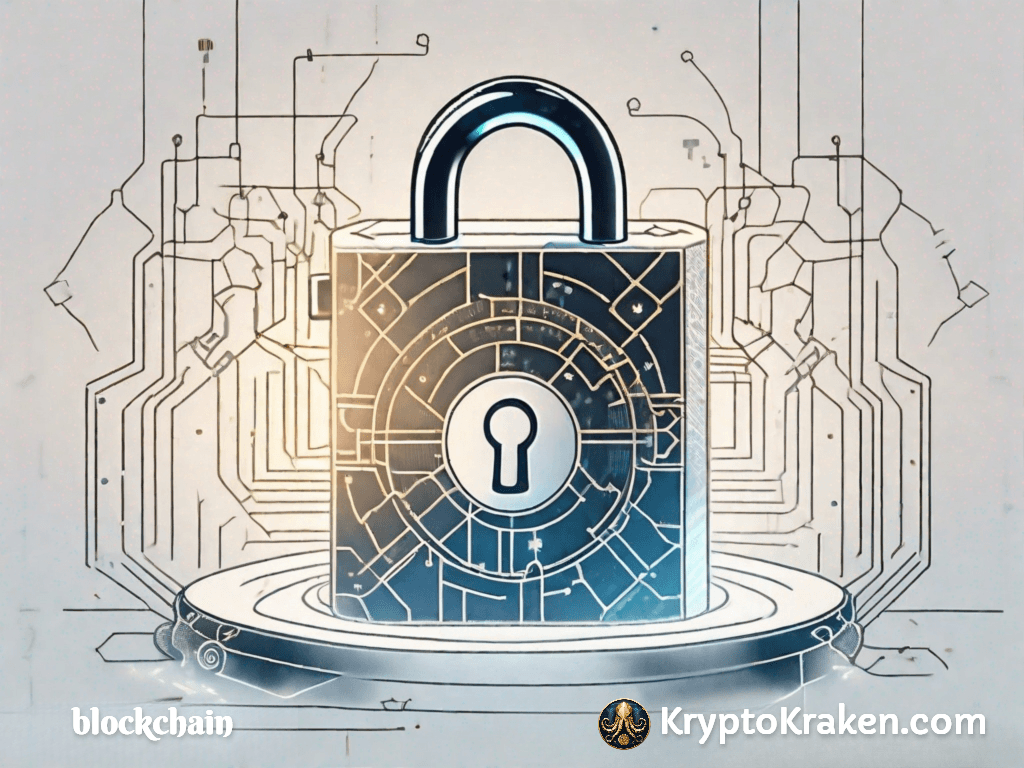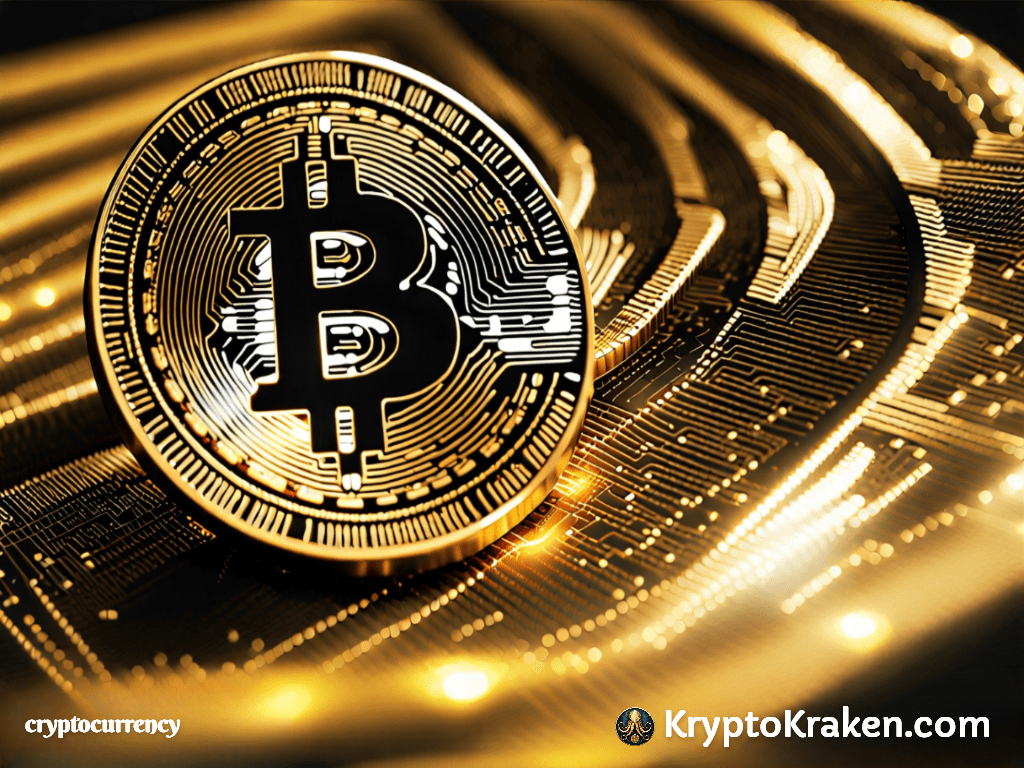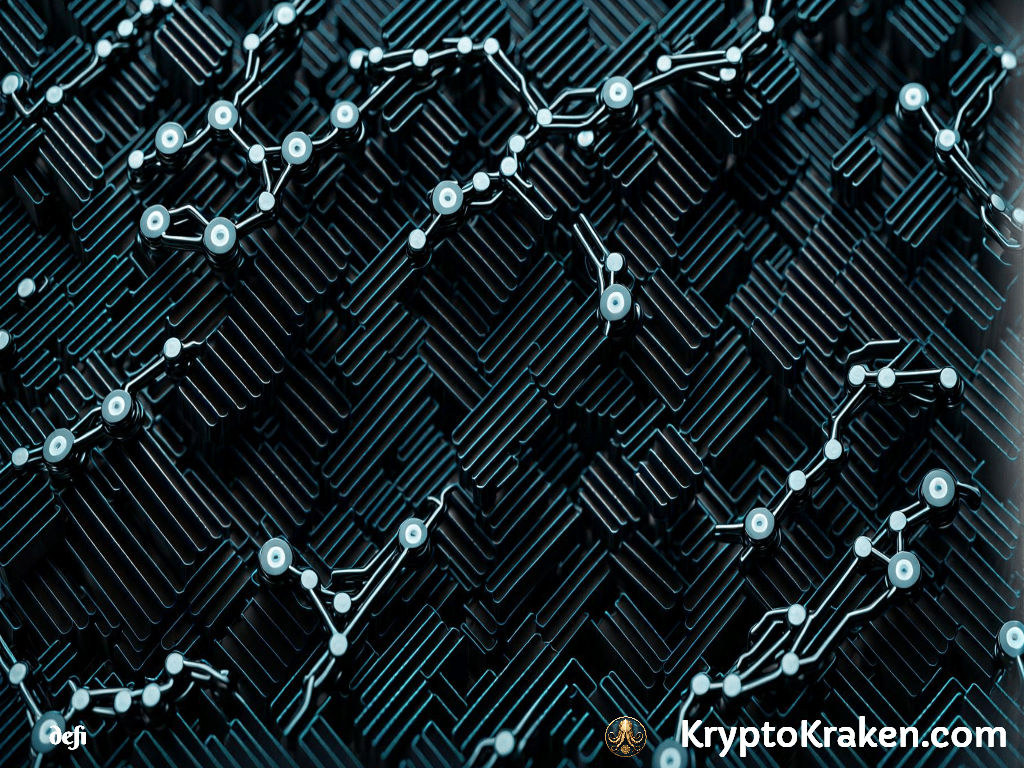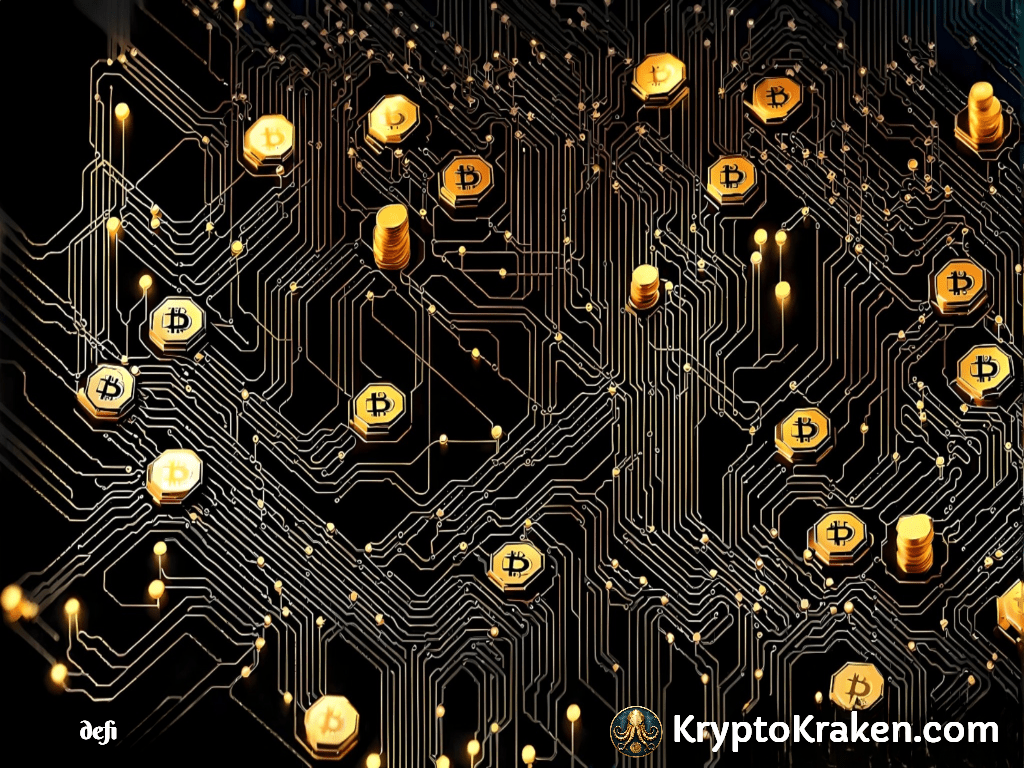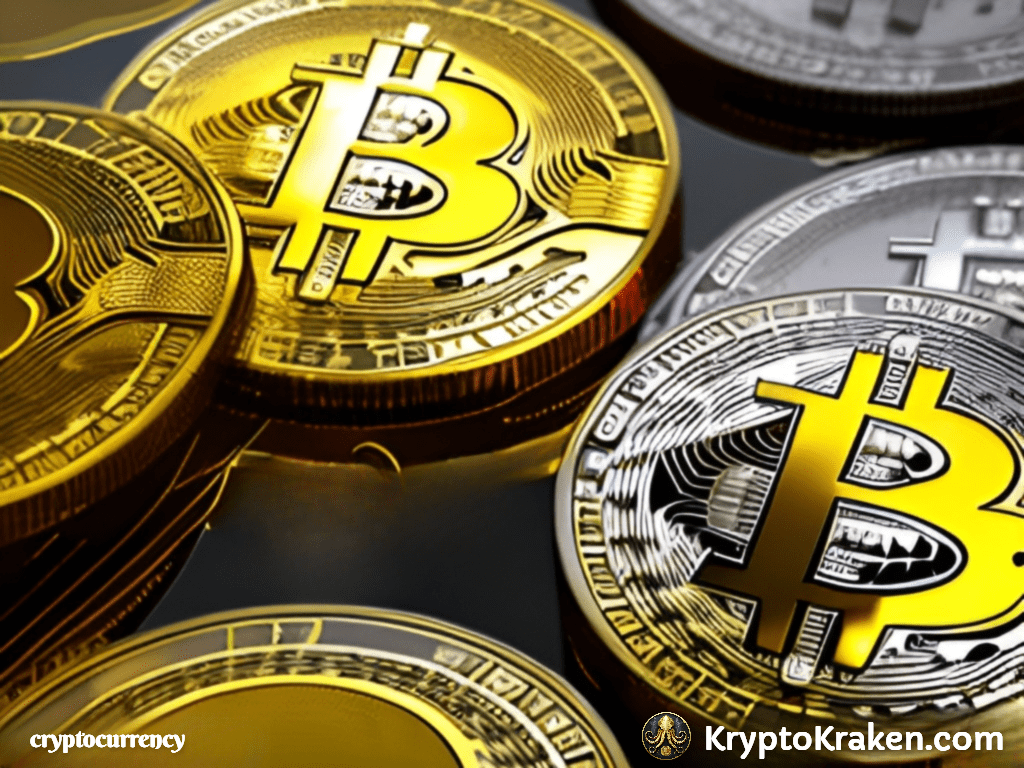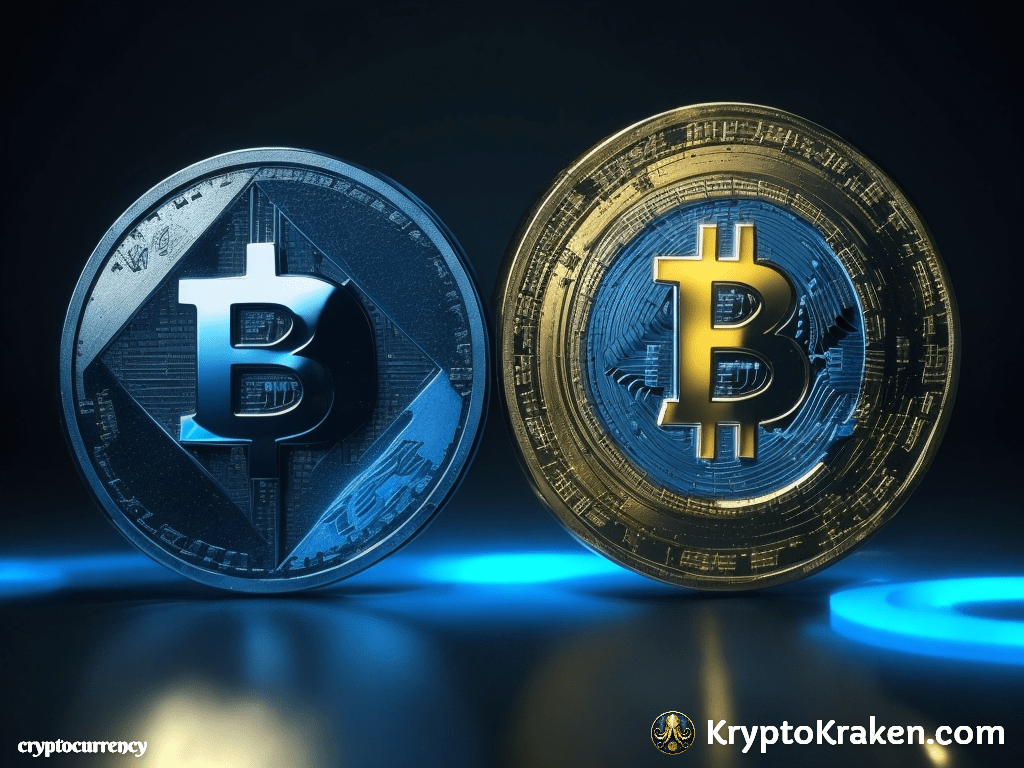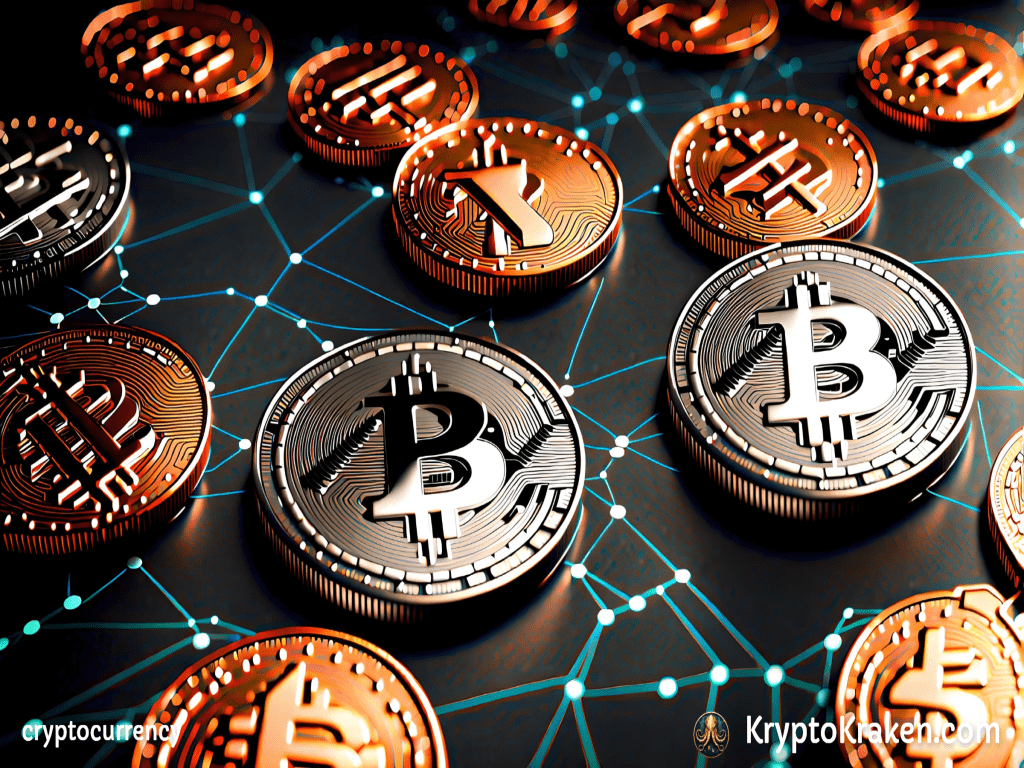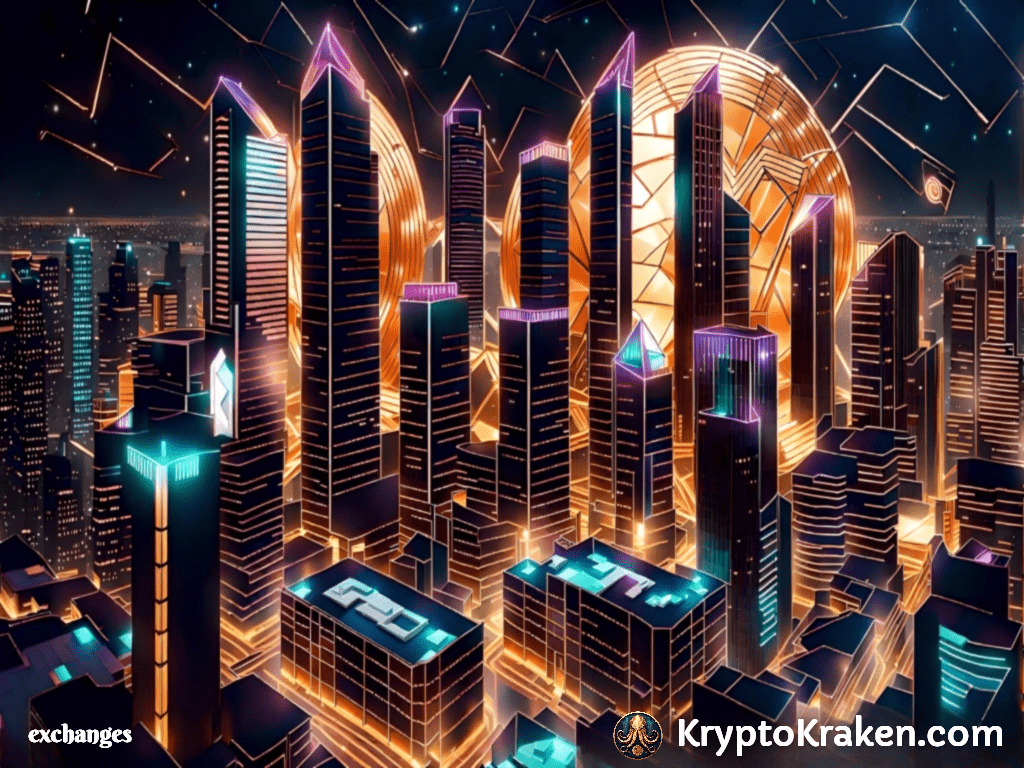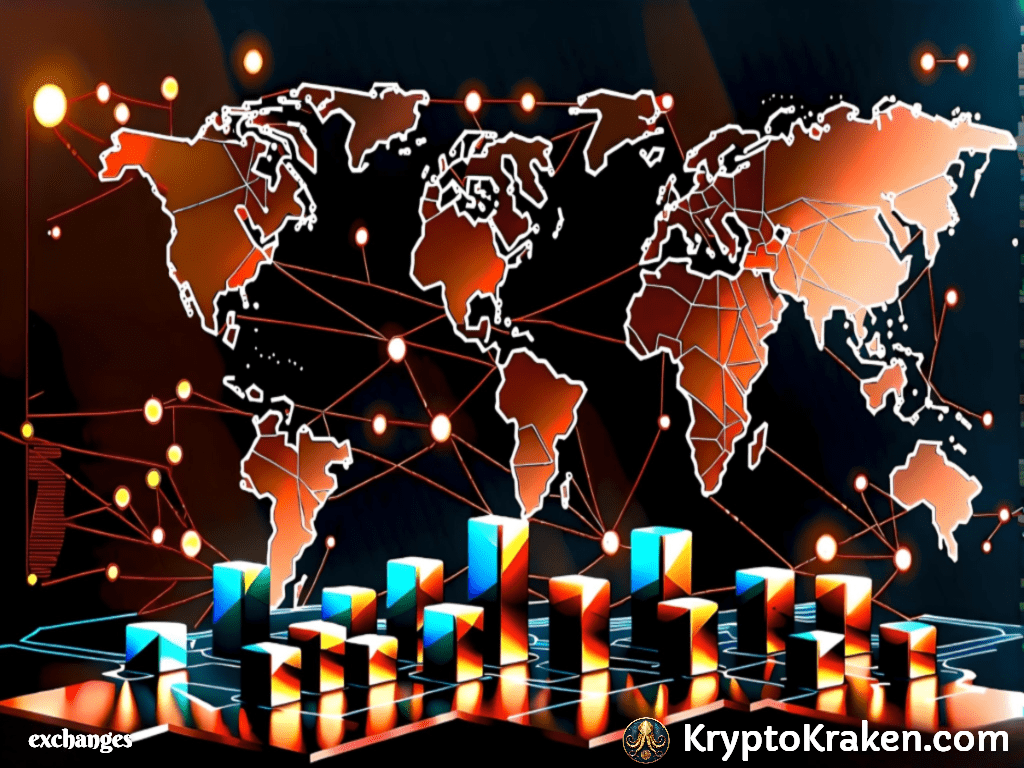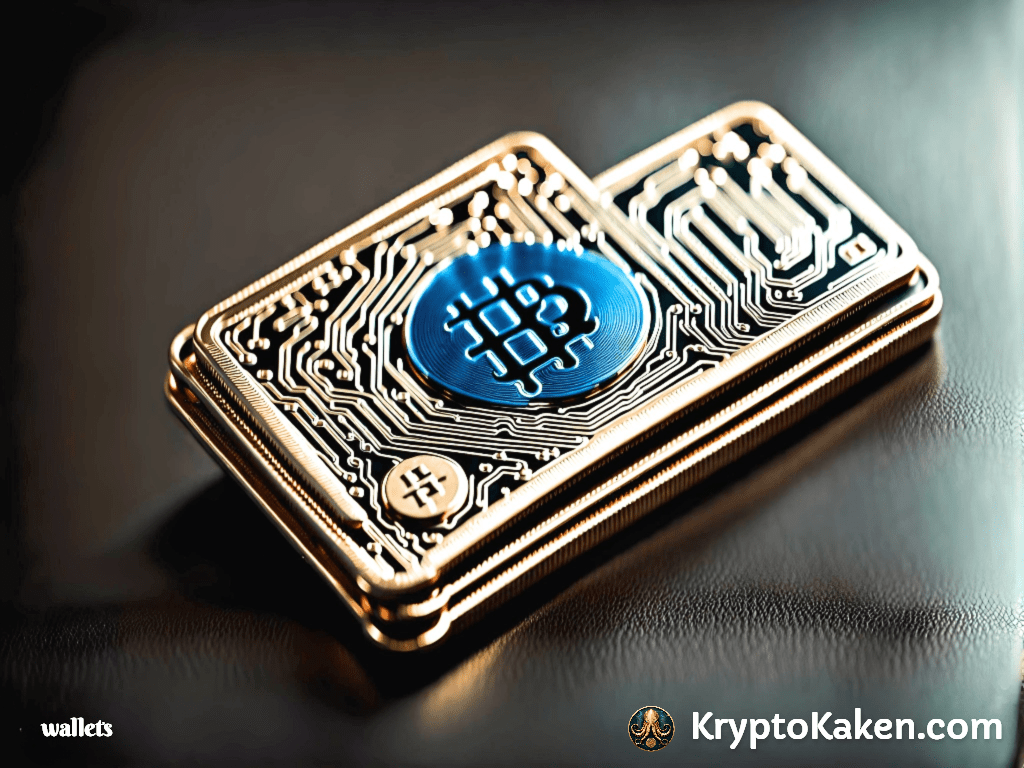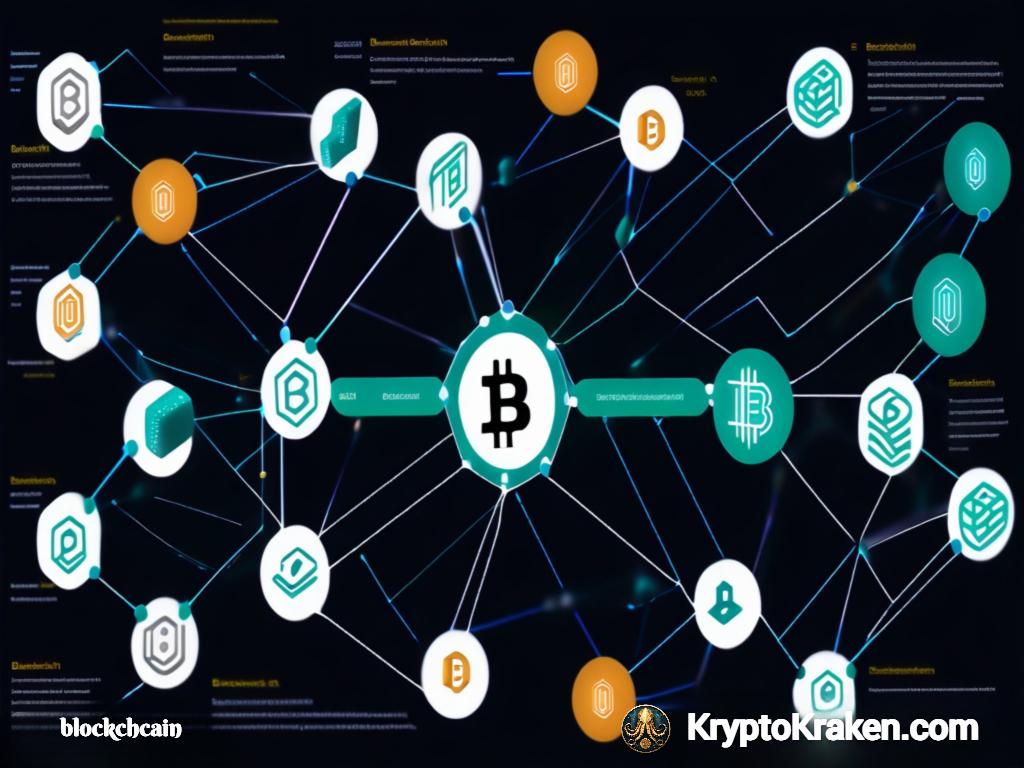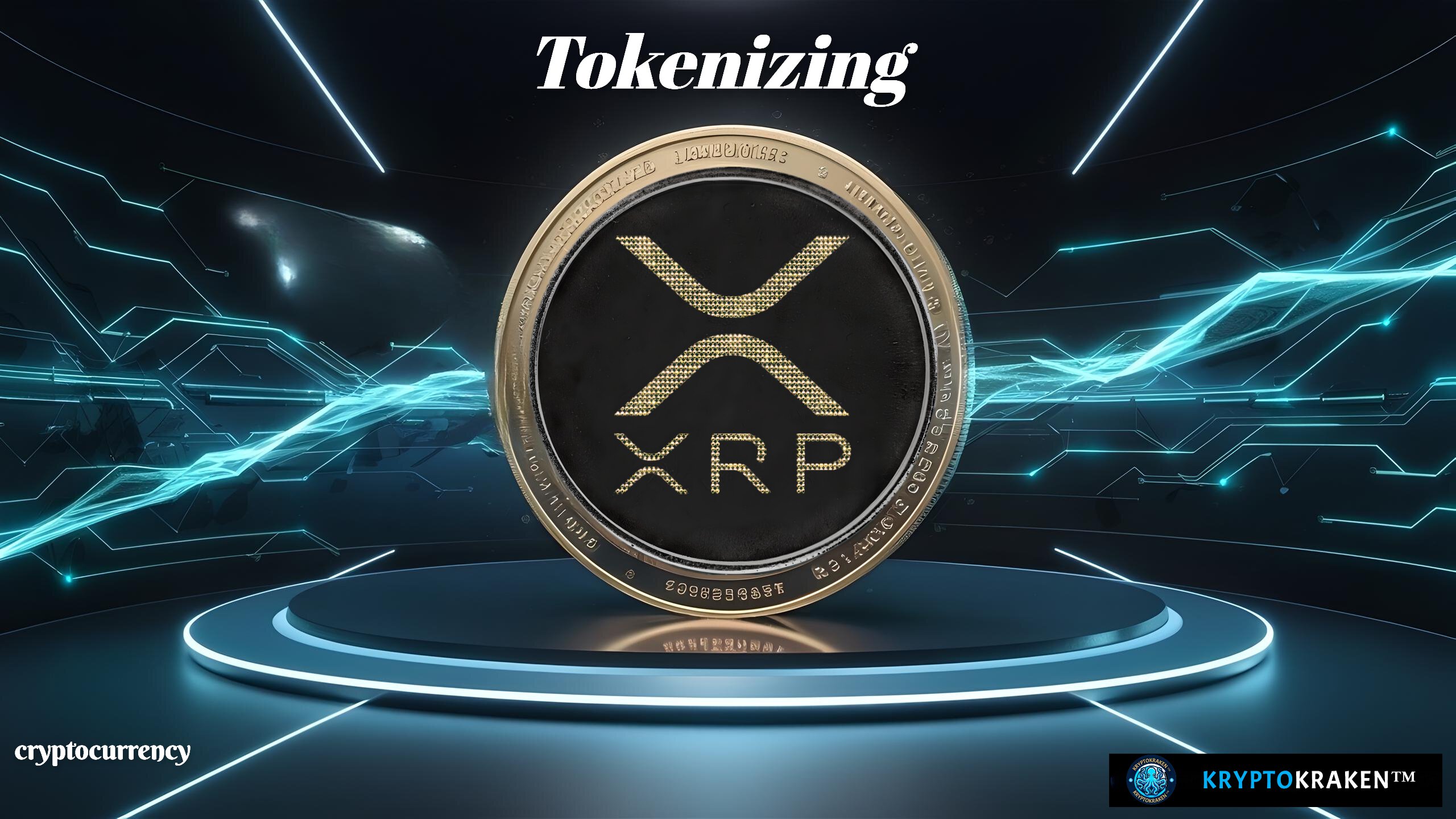
- June 14, 2024
- Dennis Frank
- 0
XRP tokenization is revolutionizing the landscape of global finance, offering unprecedented opportunities for cross-border payments, asset digitization, and enhanced liquidity. As blockchain technology continues to advance, the potential use cases for XRP and the XRP Ledger (XRPL) are expanding rapidly, paving the way for a new era of financial innovation. From enabling faster, cheaper international transactions to tokenizing real estate and other assets, XRP is at the forefront of this transformative shift.
In this article, we will delve into Ripple’s journey, exploring the milestones they have achieved and the challenges they have overcome in their mission to reshape the financial industry. We will examine XRP’s potential role in a financial reset, discussing how it could help streamline global payments and democratize access to financial services. The regulatory landscape surrounding XRP and its impact on the market will also be analyzed, providing insights into the future of XRP adoption. Finally, we will explore the real-world implications of XRP tokenization for various sectors, such as banking, real estate, and e-commerce, highlighting the transformative power of this cutting-edge technology.
Table of Contents
XRP Tokenization: Reshaping the Future of Global Finance
Ripple’s Journey: Overcoming Challenges and Achieving Milestones
Ripple’s journey since its inception in 2012 has been marked by significant milestones and developments that have shaped its growth in the cryptocurrency industry. Founded by Chris Larsen and Jed McCaleb, Ripple aimed to provide a faster and more efficient way to send and receive money globally. Over the years, Ripple has achieved several important milestones, such as the launch of its native cryptocurrency XRP in 2013, which plays a crucial role in facilitating fast and low-cost transactions on the Ripple payment protocol.
Inception and Early Challenges
In the early days, Ripple faced the challenge of establishing itself as a credible player in the financial industry. However, the company made significant progress by forming strategic partnerships with major financial institutions, including American Express and Santander. These partnerships helped Ripple expand its network and gain recognition in the industry.
Another key milestone in Ripple’s history was the development of its consensus algorithm, known as the Ripple Protocol Consensus Algorithm (RPCA). This algorithm ensures the security and integrity of transactions on the Ripple network, providing a robust foundation for the company’s growth.
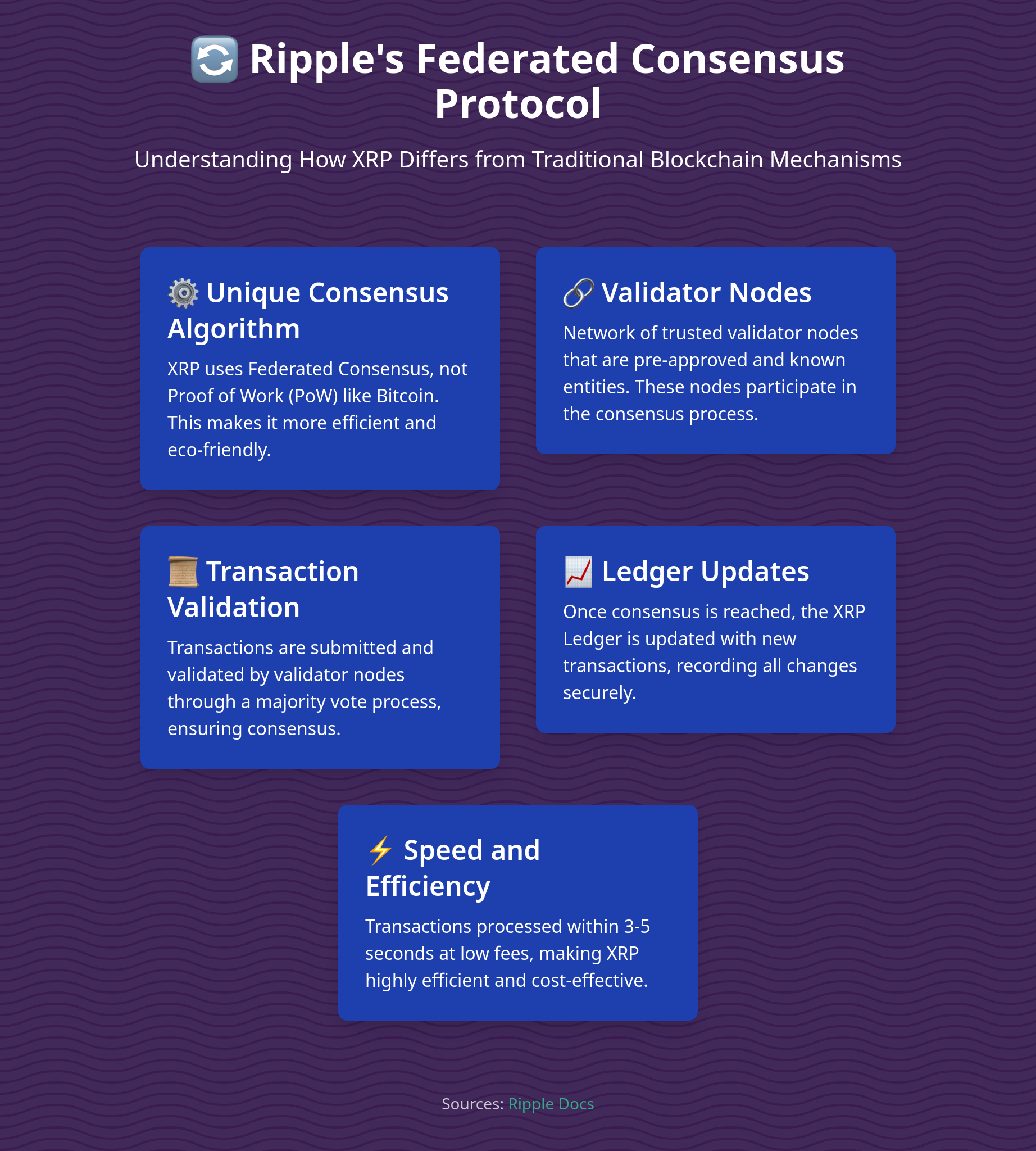
Key Milestones in Ripple’s Development
Ripple’s technology, known as RippleNet, has evolved to become a scalable solution for cross-border payments. The introduction of the Interledger Protocol (ILP) was another significant development, enabling interoperability between different payment networks. This innovation has the potential to revolutionize the way money is transferred globally.
Ripple has also been actively involved in promoting blockchain technology and its adoption in various industries. The company has participated in numerous conferences and events, sharing its expertise and insights. Furthermore, Ripple has been at the forefront of regulatory discussions, working closely with policymakers to create a favorable environment for cryptocurrencies.
In 2020, the independent and nonprofit XRPL Foundation was launched to drive the growth and adoption of the decentralized XRP Ledger. The foundation raised $6.5 million to support the development of the XRP Ledger infrastructure and serve the growing community of developers and enthusiasts building on the platform.
Throughout its journey, Ripple has demonstrated a commitment to innovation and collaboration. With its focus on improving cross-border payments and driving the adoption of blockchain technology in the financial sector, Ripple continues to shape the future of global finance.
XRP’s Potential Role in a Financial Reset
XRP’s unique capabilities align seamlessly with the principles of the Global Economic Security and Reformation Act (GESARA) and the National Economic Security and Reformation Act (NESARA), which aim to reshape the global economic order. These acts envision a world where economic disparities are addressed, and financial systems are restructured to prioritize the well-being of all citizens.
At the heart of XRP’s alignment with GESARA/NESARA lies its inherent capability to revolutionize the speed and efficiency of financial transactions. XRP, with its rapid transaction settlement times, stands as a testament to the realization of this shared objective. The global accessibility of XRP is a key factor in its alignment with the principles of GESARA/NESARA, allowing individuals and institutions worldwide to engage in frictionless transactions.

The decentralized nature of XRP’s ledger aligns seamlessly with the transparency and fairness envisaged by GESARA/NESARA. Moreover, the cryptographic security measures embedded in XRP’s architecture contribute to the protection of financial assets, aligning with the overarching goal of economic security proposed by these reformation acts.
GESARA/NESARA emphasize the elimination of unsustainable debt burdens and the reduction of financial strain on individuals and nations. XRP’s capacity to facilitate cost-effective transactions directly supports this objective. By reducing the fees associated with cross-border transfers, XRP paves the way for a financially efficient and economically sustainable system.
The real-world integration of XRP into financial systems further solidifies its alignment with GESARA/NESARA principles. As financial institutions and payment service providers increasingly incorporate XRP into their operations, we witness a tangible manifestation of the collaborative vision for a reformed global financial architecture.
While the alignment between XRP and the principles of GESARA/NESARA paints a promising picture, navigating the path to a global financial reset is not without its challenges. Regulatory hurdles, institutional adoption, security concerns, and the need for global economic cooperation are among the obstacles that XRP must overcome to emerge as a key player in the GESARA/NESARA-driven financial reset.
Amidst the challenges, XRP also finds opportunities within the framework of GESARA/NESARA. Its capacity to facilitate cost-effective and swift transactions can serve as a powerful tool for financial inclusion, bringing millions of unbanked individuals into the global financial fold. This aligns with the principles of GESARA/NESARA, which emphasize equitable economic opportunities for all.
As we grapple with these challenges and opportunities, the question of whether XRP can overcome the hurdles and emerge as a key player in the GESARA/NESARA-driven financial reset remains open. The future scenarios of XRP shaping the global financial landscape in the wake of these challenges and opportunities are yet to unfold.
Regulatory Landscape and Market Impact
The regulatory landscape surrounding XRP has been a topic of intense scrutiny, particularly due to the ongoing legal battle between Ripple and the U.S. Securities and Exchange Commission (SEC). In December 2020, the SEC charged Ripple, along with its CEO Brad Garlinghouse and executive chairman Christian Larsen, with conducting an unregistered securities offering worth over $1.3 billion through the sale of XRP. The SEC alleged that Ripple failed to register XRP as a security and did not provide adequate disclosure to investors.
Ripple has vehemently denied these allegations, arguing that XRP is not a security and should not be subject to securities regulations. The company has relied on previous comments from an SEC director to support its case. The outcome of this lawsuit could have significant implications for the broader cryptocurrency industry, as it may set a precedent for how digital assets are classified and regulated.
SEC Lawsuit and Legal Outcomes
The SEC v. Ripple case has been closely watched by the crypto community, as its resolution could provide clarity on the regulatory status of XRP and potentially other cryptocurrencies. On July 13, 2023, the court made a partial ruling, finding that XRP, when sold on exchanges to the public, was not a security. However, the court also determined that Ripple’s institutional sales of XRP did violate federal securities laws.
This mixed ruling was seen as a partial victory for both sides. The SEC emerged with authority over institutional sales, while Ripple and the crypto industry celebrated the decision that cryptocurrency transactions on exchanges are not securities transactions. In October 2023, the SEC dropped all charges against Garlinghouse and Larsen but continued to seek remedies for the purported sale of unregistered securities.

Market Response and Future Projections
The XRP market has been highly responsive to developments in the SEC lawsuit. In the past, significant milestones in Ripple’s journey, such as the launch of its xRapid product and listings on popular exchanges, have led to substantial price increases. For example, in 2017, XRP’s price skyrocketed by 1,820% within a short period, reaching an all-time high of $3.84.
The partial resolution of the SEC dispute has the potential to spur growth for XRP in the near future. If the case reaches a favorable final conclusion for Ripple, it could boost investor confidence and drive increased adoption of XRP. However, the ongoing legal proceedings and the uncertainty surrounding the final outcome continue to impact XRP’s price and market sentiment.
Looking ahead, the future trajectory of XRP will depend on several factors, including the ultimate resolution of the SEC lawsuit, broader market conditions, and the adoption of Ripple’s cross-border payment solutions. A favorable legal outcome and positive market sentiment could lead to significant growth for XRP, while a prolonged legal battle or unfavorable ruling may hinder its progress.
As the regulatory landscape evolves and the crypto market matures, it is crucial for investors to stay informed about the latest developments surrounding XRP and to carefully consider the potential risks and opportunities associated with investing in this digital asset.
Real-World Implications for Global Finance
The real-world implications of XRP tokenization for the global financial landscape are far-reaching and transformative. As XRP continues to gain traction in cross-border payments and asset digitization, its impact on traditional financial institutions and its potential for fostering financial inclusion cannot be overlooked.
Impact on Traditional Financial Institutions
XRP’s integration into the operations of banks and payment service providers is revolutionizing the way these institutions handle cross-border transactions. By leveraging XRP as a bridge currency, financial institutions can significantly reduce transaction costs and settlement times. This increased efficiency translates into improved liquidity management and enhanced customer experiences.
Moreover, the adoption of XRP by major players in the financial industry, such as Santander and American Express, demonstrates the growing acceptance of this digital asset. As more institutions embrace XRP, the traditional financial landscape is poised for a paradigm shift, with faster, cheaper, and more transparent cross-border payments becoming the norm.
Potential for Financial Inclusion and Global Adoption
XRP tokenization also holds immense potential for promoting financial inclusion on a global scale. By enabling faster and more affordable cross-border transactions, XRP can help bridge the gap between the banked and unbanked populations. This is particularly significant in developing countries, where access to traditional financial services may be limited.
The decentralized nature of XRP and its ability to facilitate low-cost transactions can empower individuals and small businesses to participate in the global economy. This increased financial inclusion can drive economic growth and foster entrepreneurship in previously underserved regions.
Furthermore, the growing adoption of XRP by businesses and individuals worldwide is a testament to its potential for global adoption. As more people recognize the benefits of using XRP for cross-border payments and asset digitization, the demand for this digital asset is likely to surge. This widespread adoption can lead to the creation of a more interconnected and efficient global financial ecosystem.

RWA Crypto: A Look into Real World Assets
Conclusion
The advent of XRP tokenization is ushering in a new era of global finance, characterized by faster, more efficient, and more inclusive cross-border transactions. As Ripple continues to forge strategic partnerships and navigate the evolving regulatory landscape, the potential for XRP to reshape the financial industry becomes increasingly evident. The real-world implications of XRP adoption, from streamlining traditional financial institutions' operations to fostering financial inclusion, underscore the transformative power of this digital asset.
As we look to the future, the journey of XRP and its role in the global financial reset will be shaped by the challenges and opportunities that lie ahead. With its ability to facilitate low-cost, rapid transactions and its potential for global adoption, XRP stands poised to play a pivotal role in the creation of a more interconnected and equitable financial system. As the world watches the unfolding of this transformative technology, one thing remains clear: XRP tokenization is set to leave an indelible mark on the landscape of global finance.
FAQs
Can XRP potentially reach a price of $100?
Reaching a $100 price point for XRP would imply a market capitalization of approximately $5.2 trillion, given its current circulating supply of about 52 billion. This market cap would exceed the combined value of all cryptocurrencies by more than four times.
What is XRP and how does it aim to transform the global digital financial system?
XRP is the native cryptocurrency of the XRP Ledger, a blockchain designed to store transaction data securely through distributed consensus. It aims to facilitate transactions across multiple crypto-assets and networks, serving as an intermediary currency primarily for business transactions.
Is a bull run expected for XRP in the near future?
Analysts predict that in May 2024, XRP could have an average rate of $0.593, with a potential range of $0.506 to $0.680, which would result in a return on investment (ROI) of 16.1%. In June 2024, the forecast suggests an average rate of $0.576 for XRP, with fluctuations between $0.534 and $0.618, potentially yielding an ROI of 33.2%.
Who currently holds the position of CEO at Archax, a company associated with XRP?
Graham Rodford is the CEO and co-founder of Archax, a digital securities exchange that operates under the regulatory framework of the Financial Conduct Authority (FCA). His leadership has been notable in the crypto community, especially following significant announcements covered by Crypto News Flash.
⭐⭐⭐ See the entire video selection at KryptoKraken Videos
This article was, in part, created and/or edited with the help of an AI Co-Pilot



